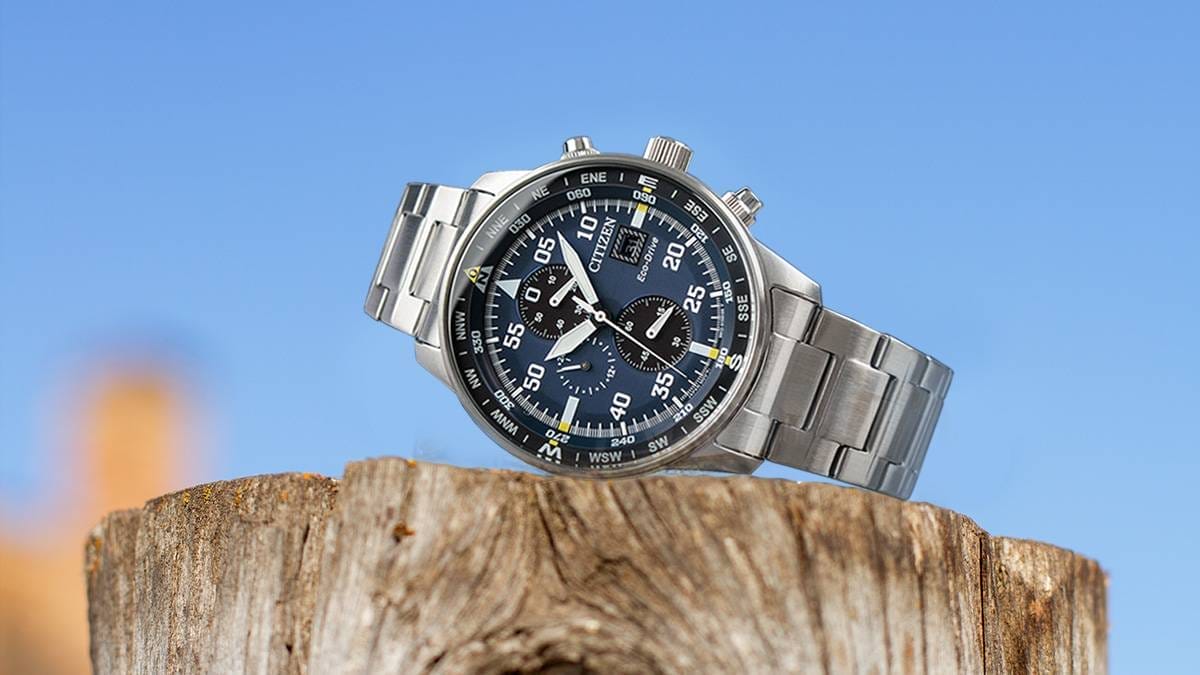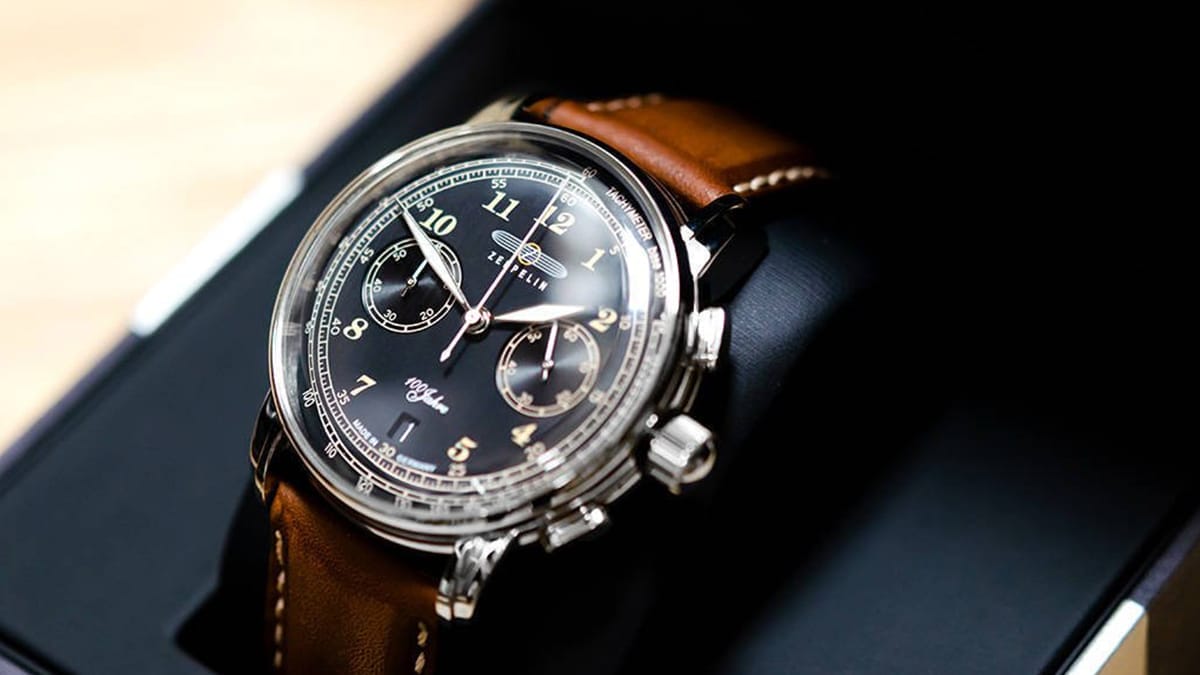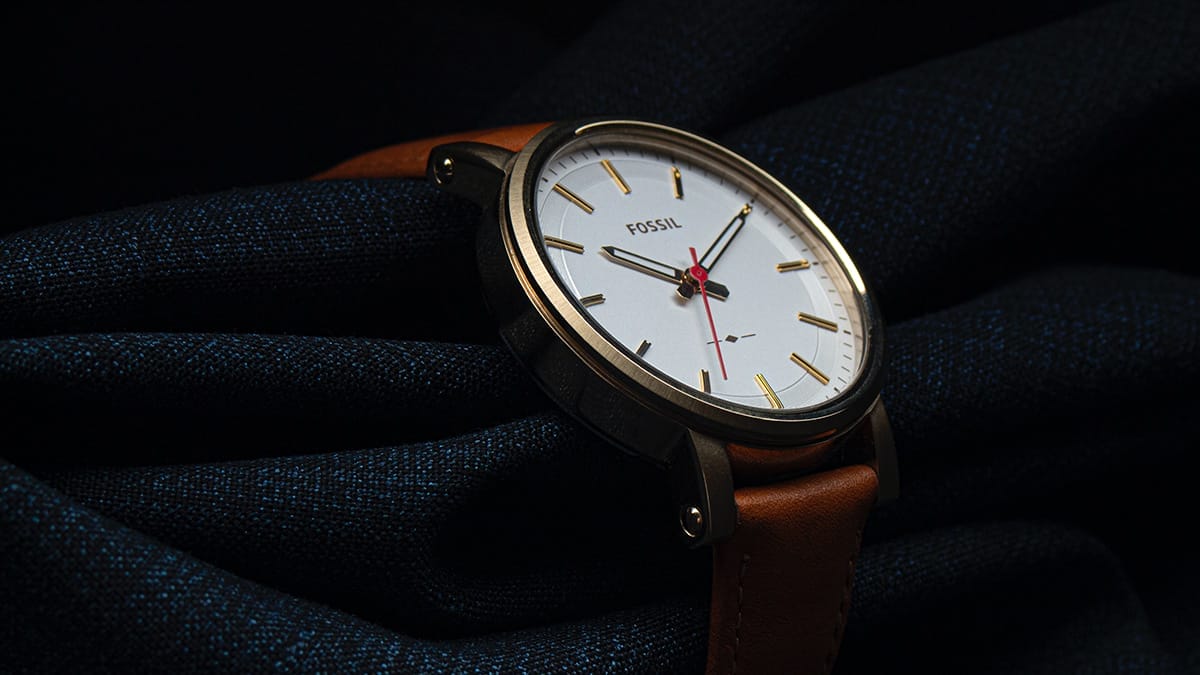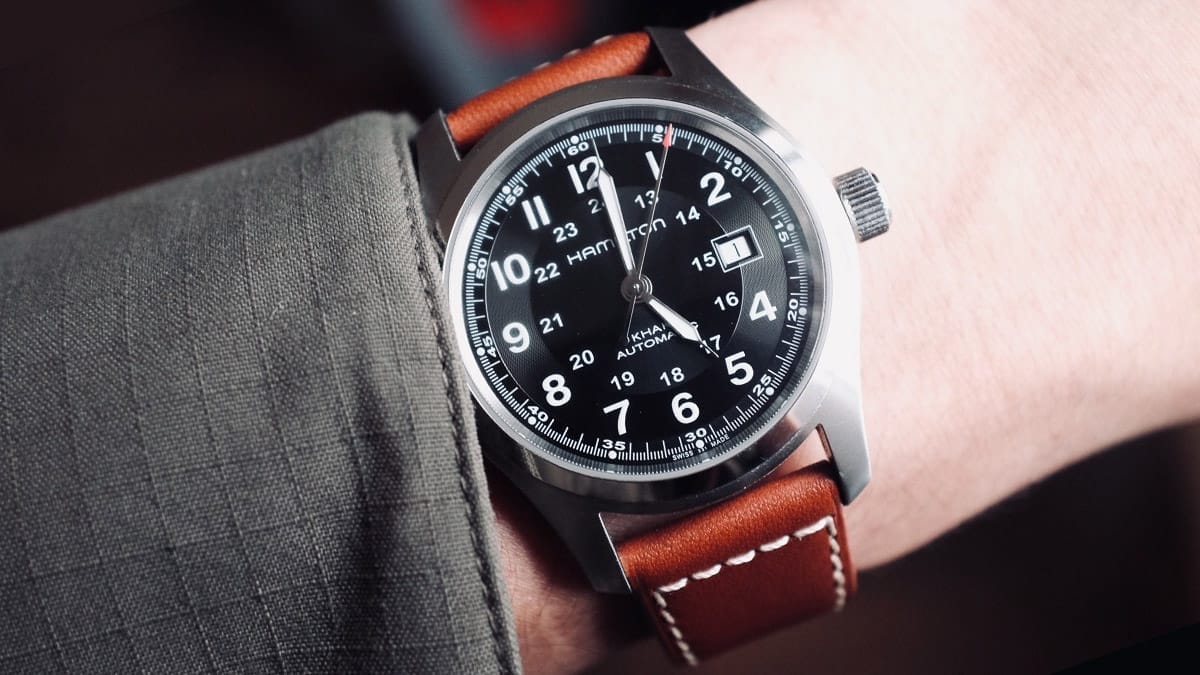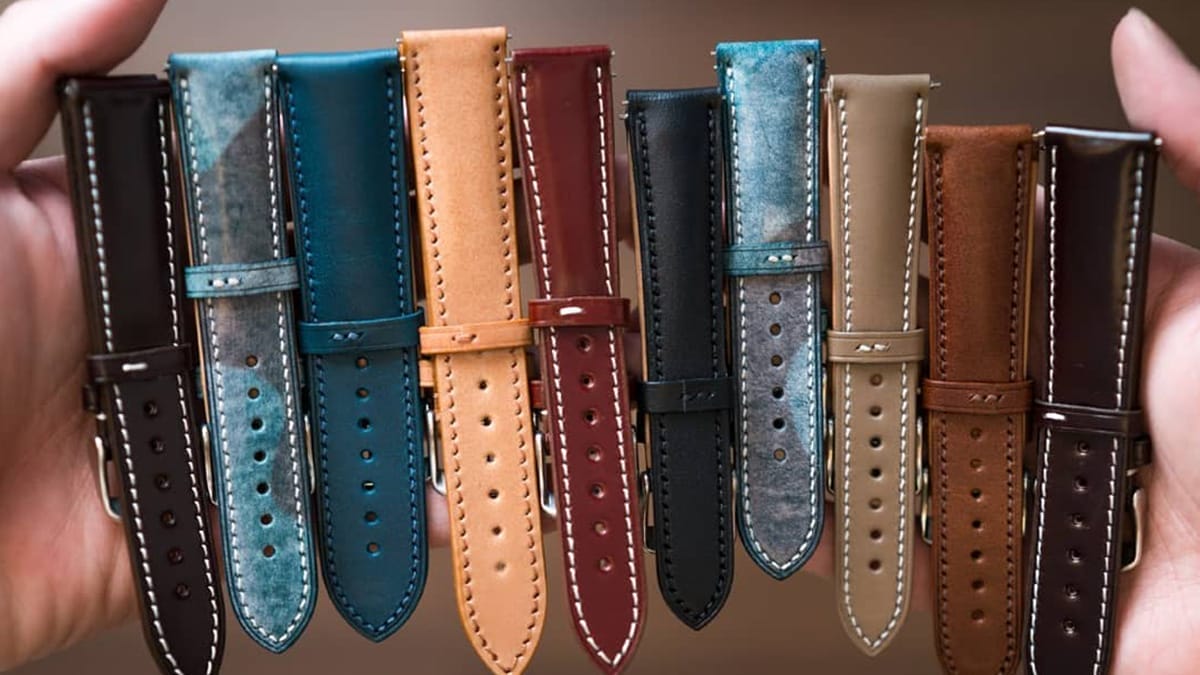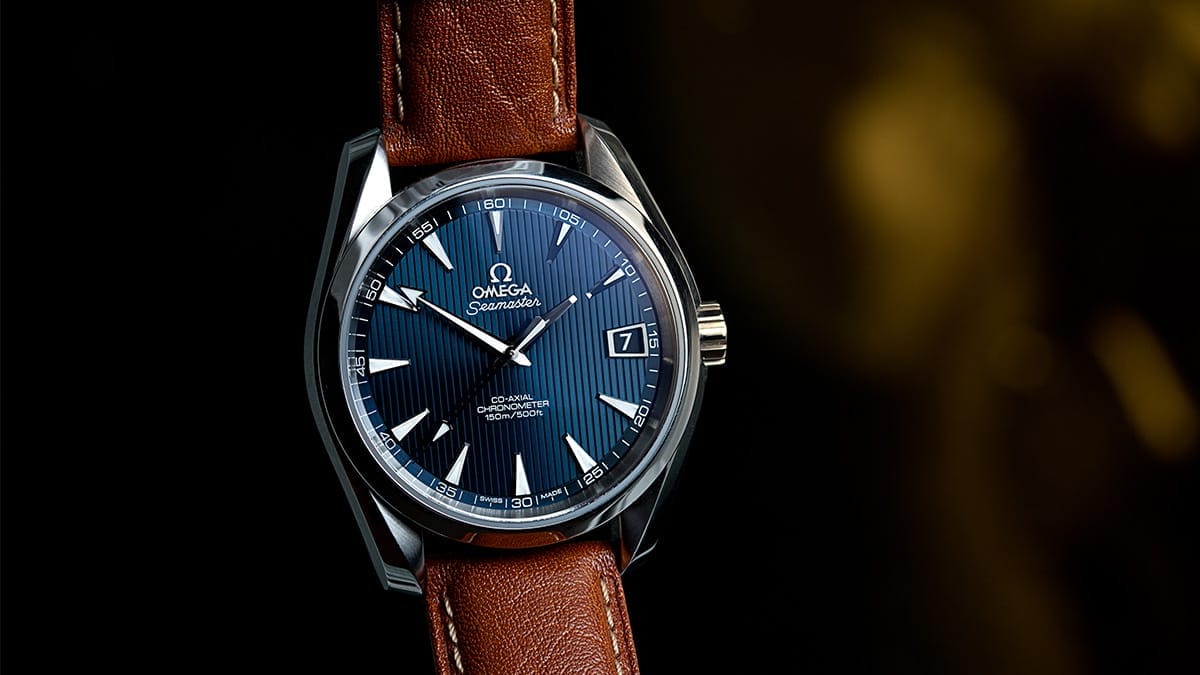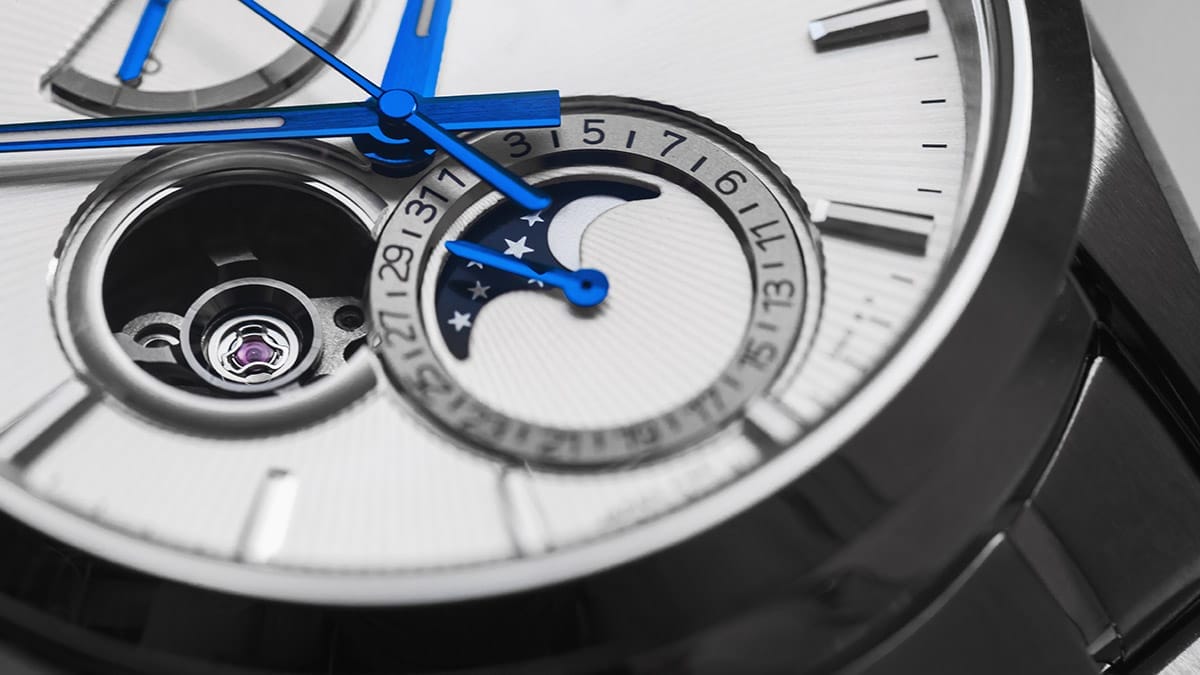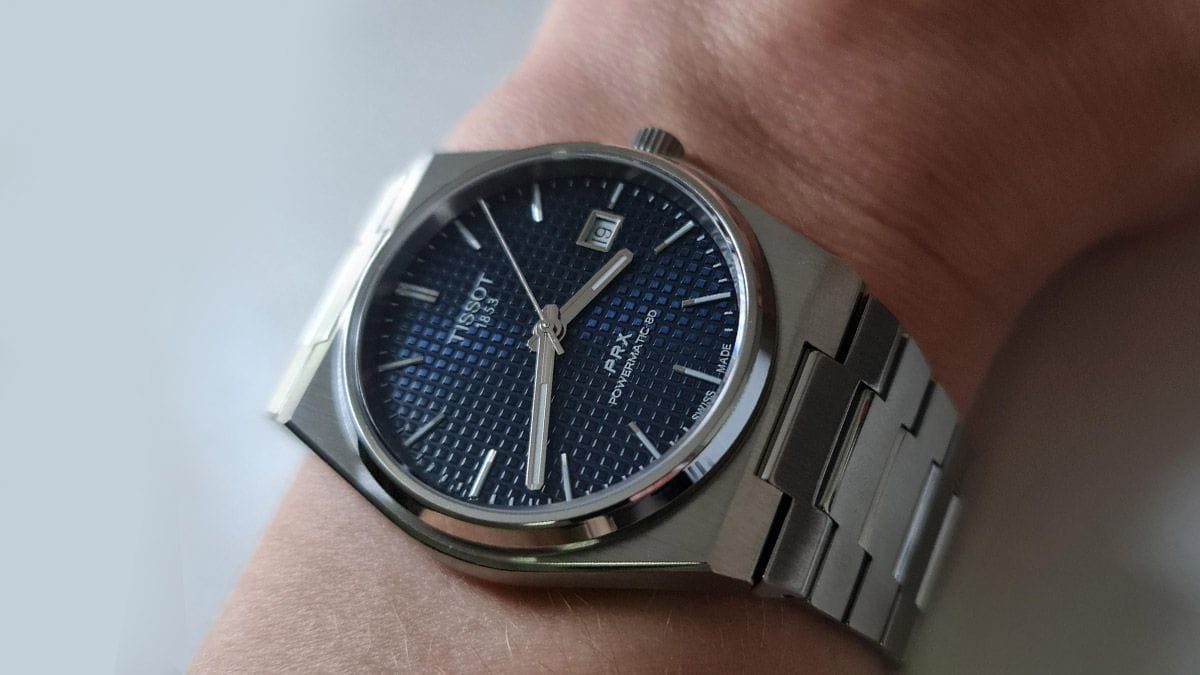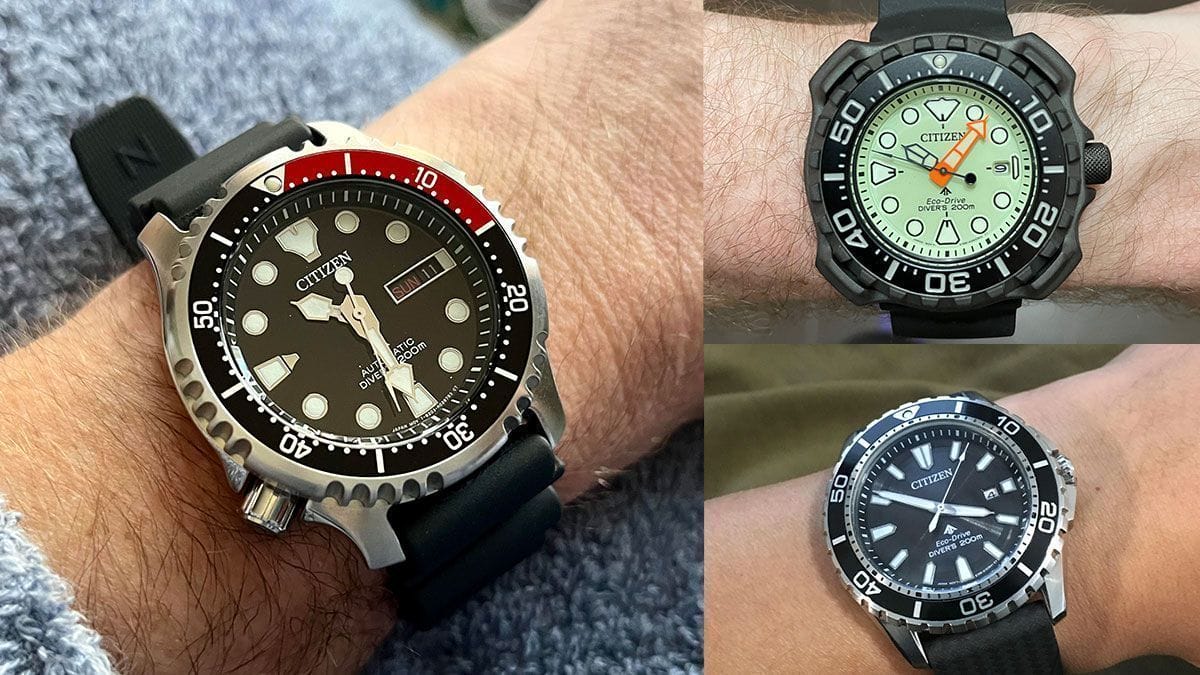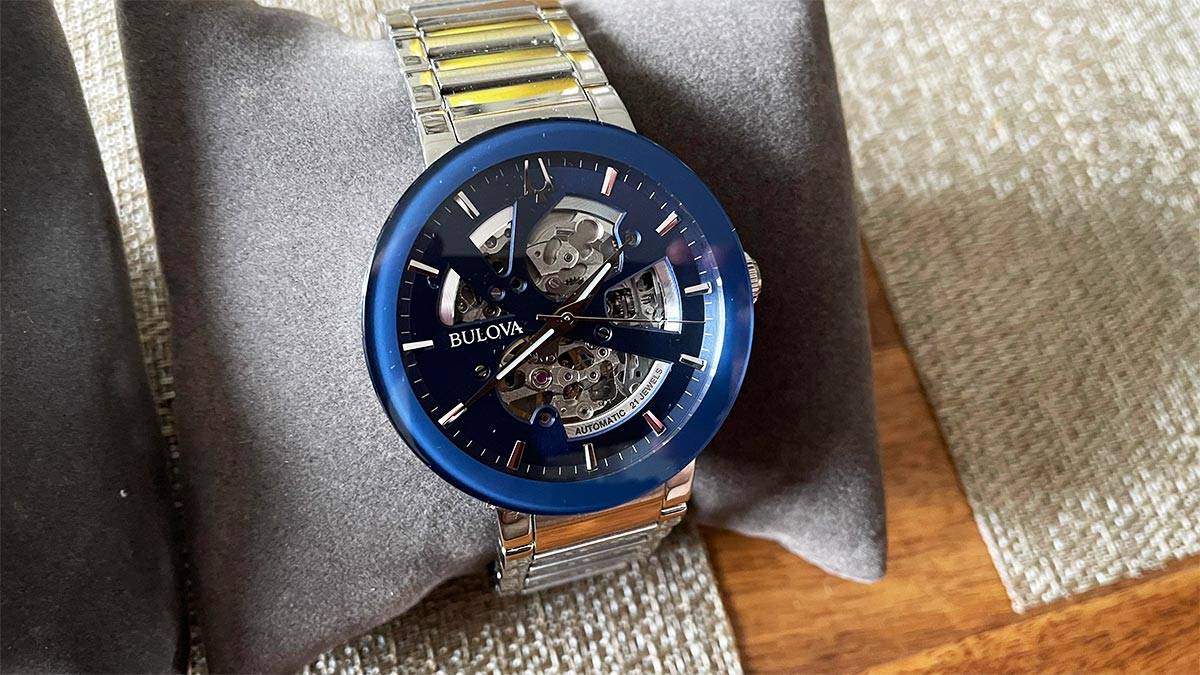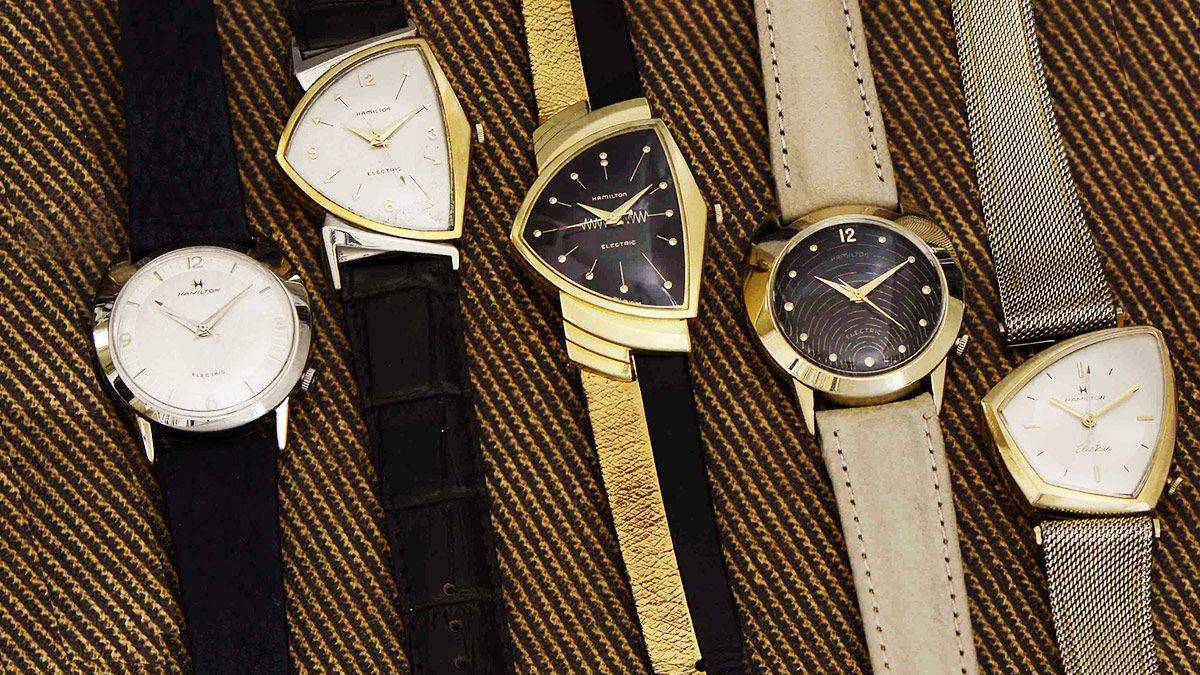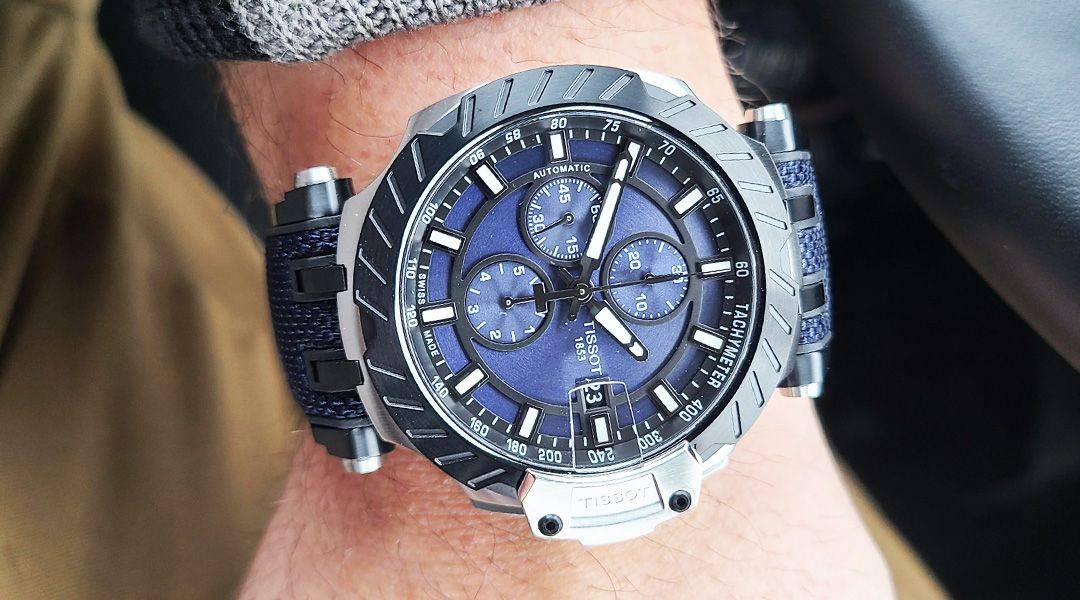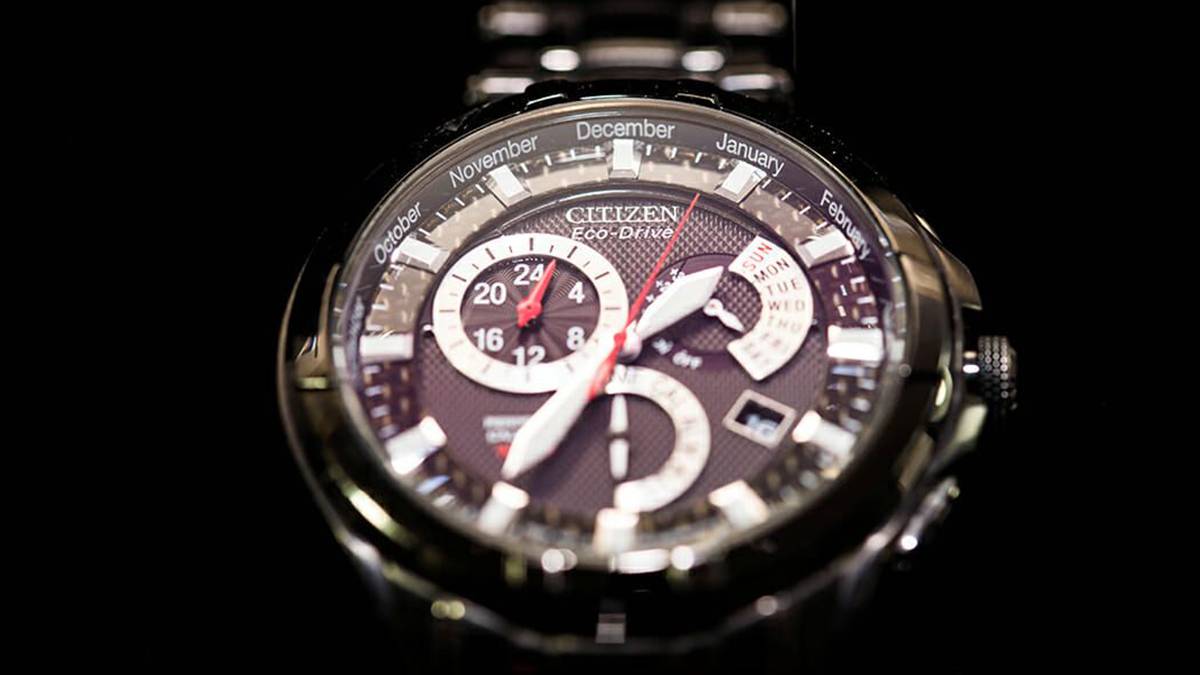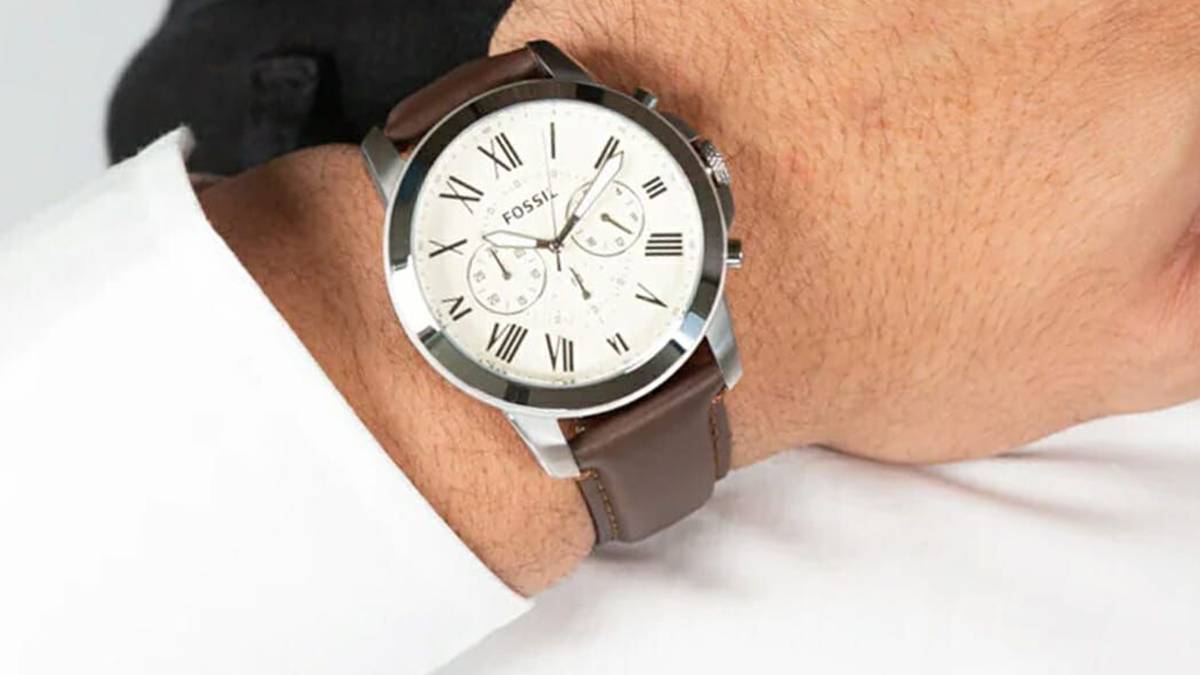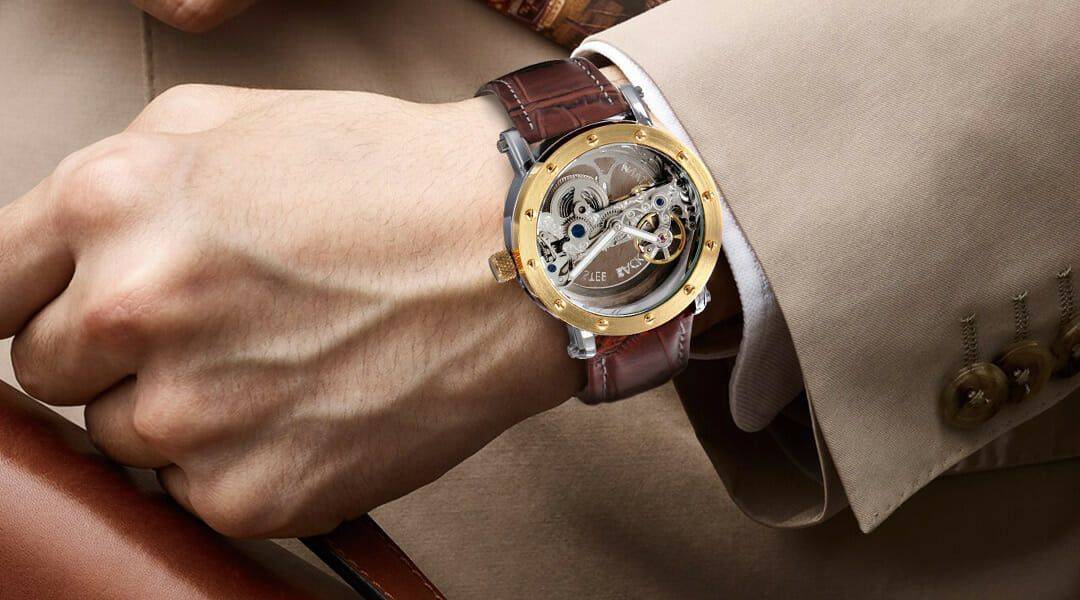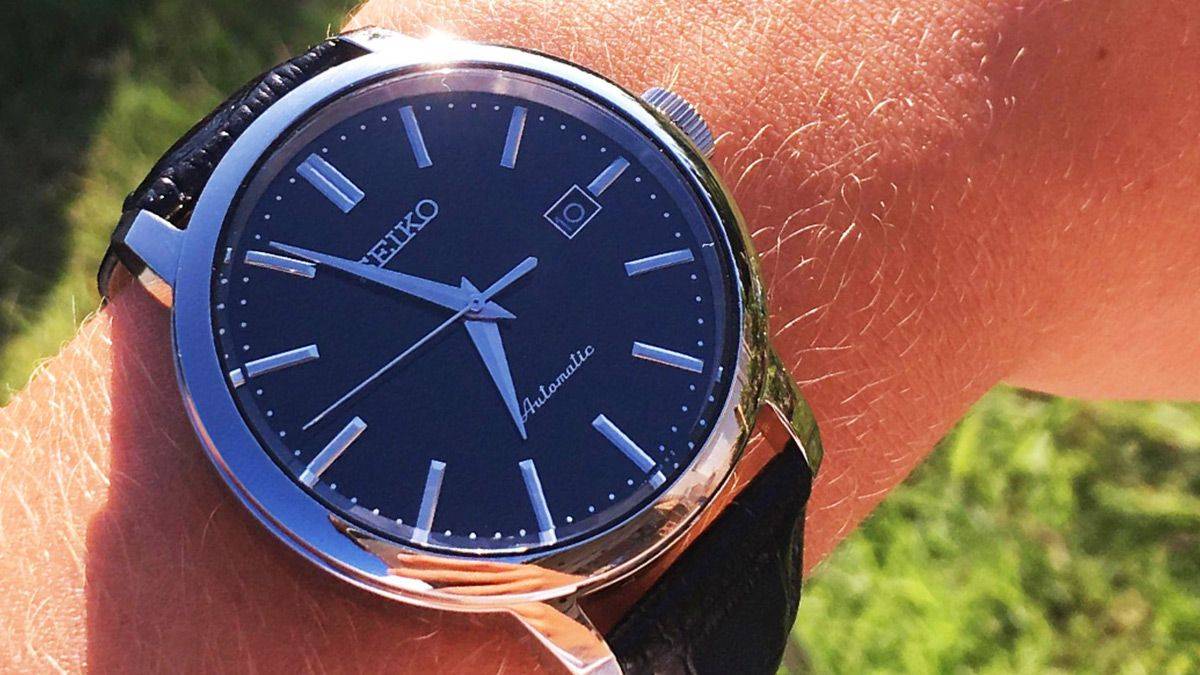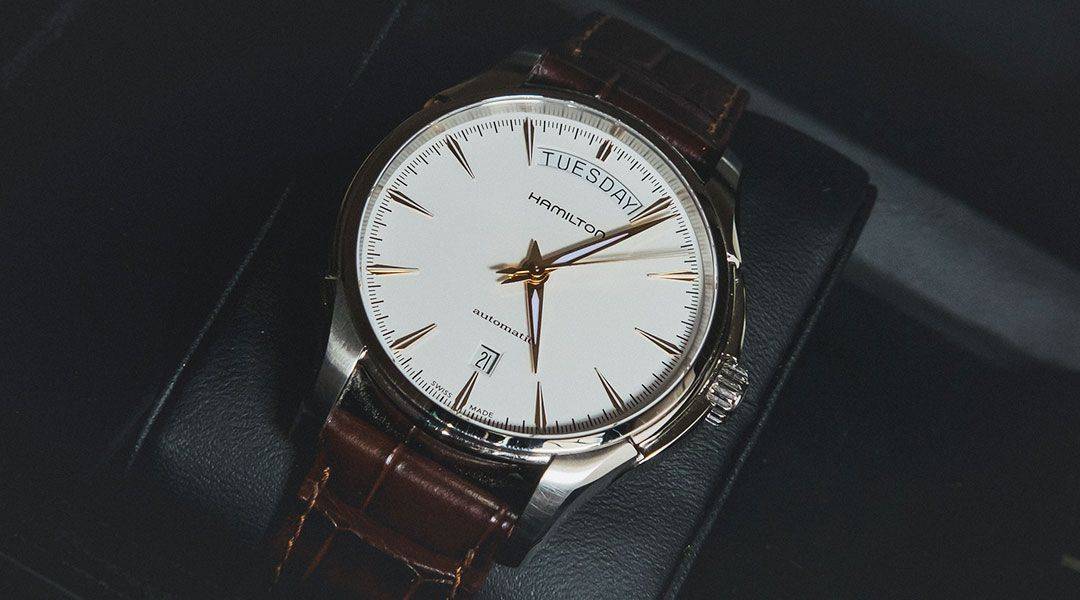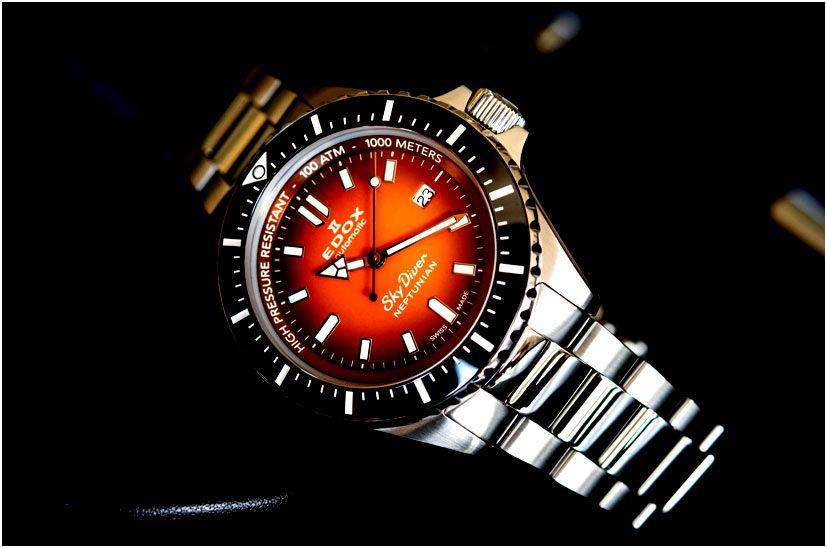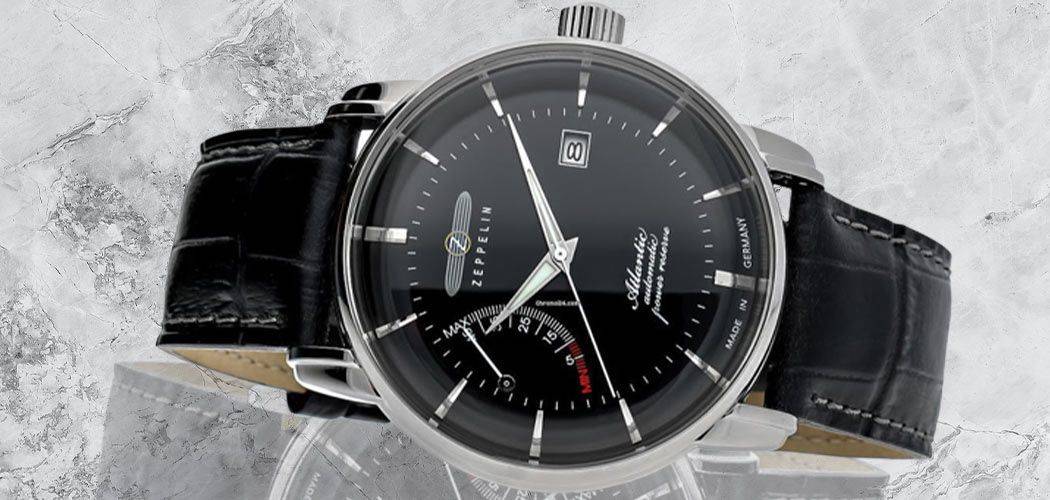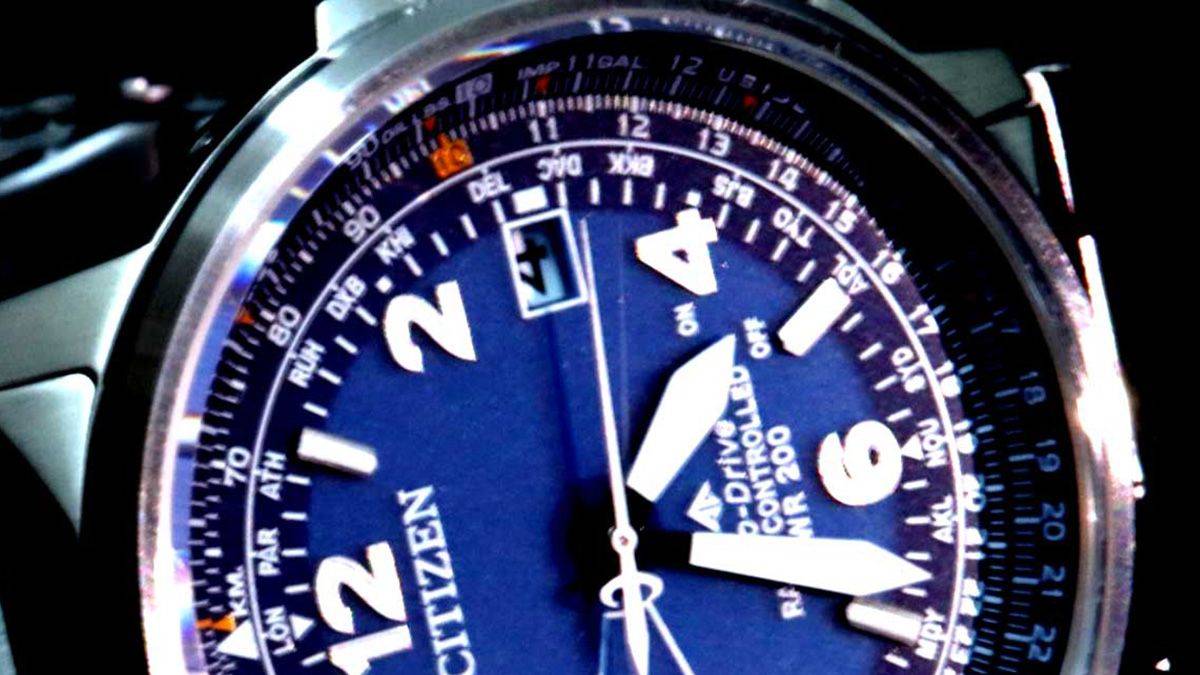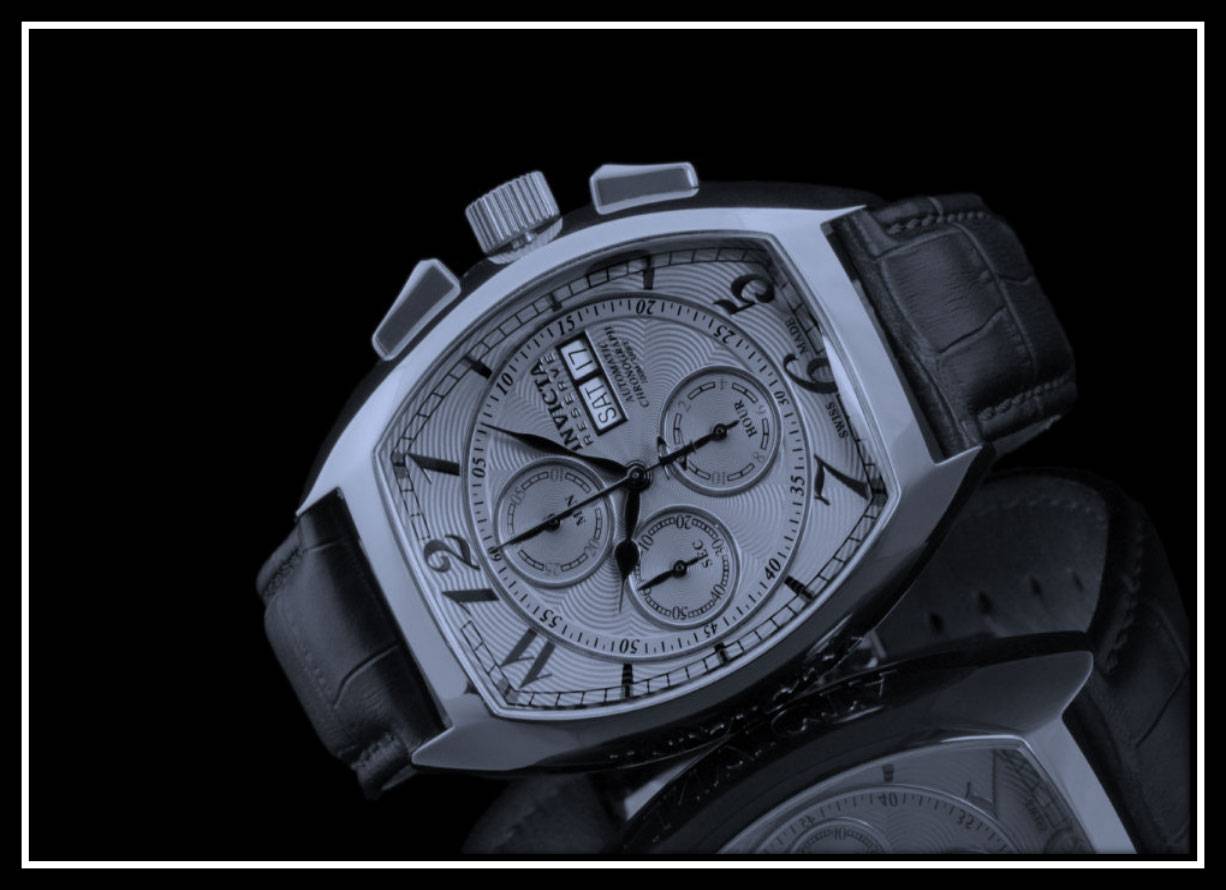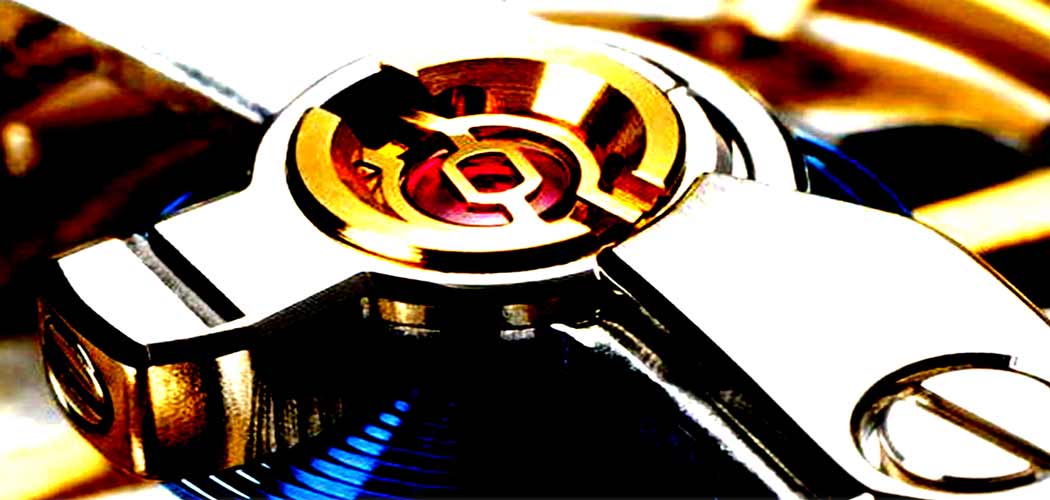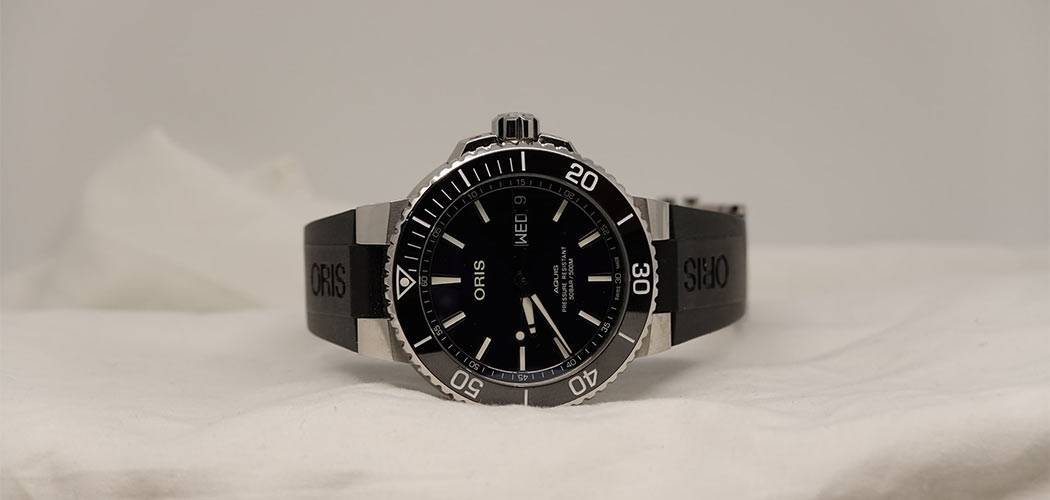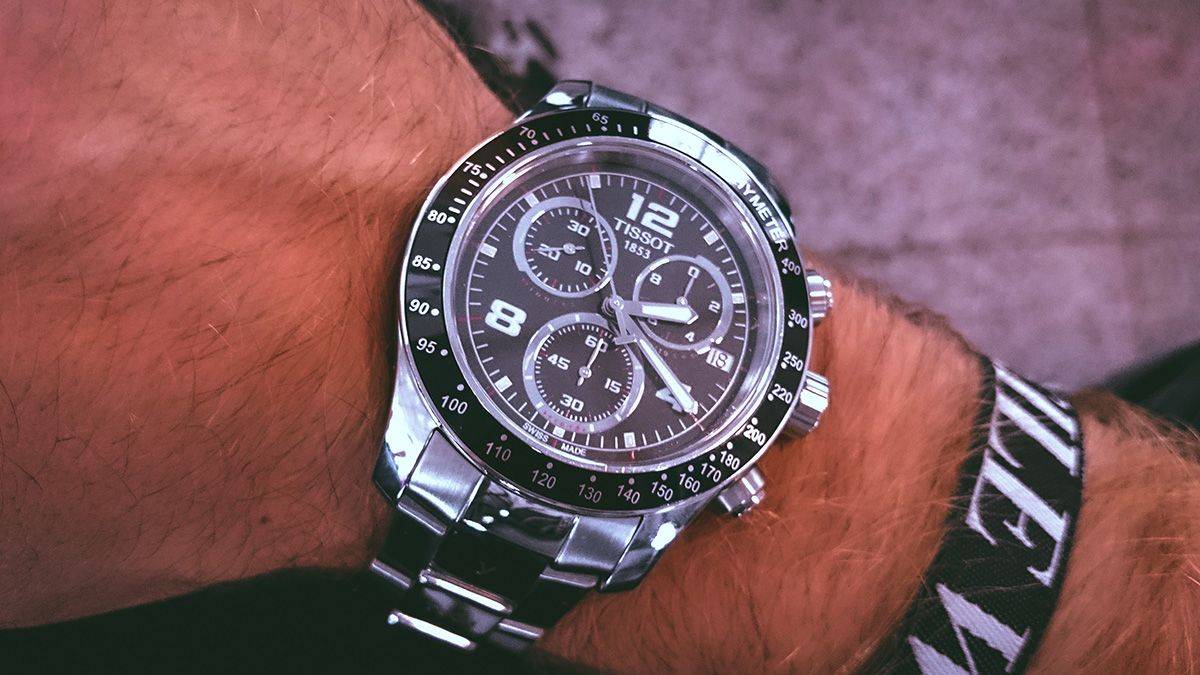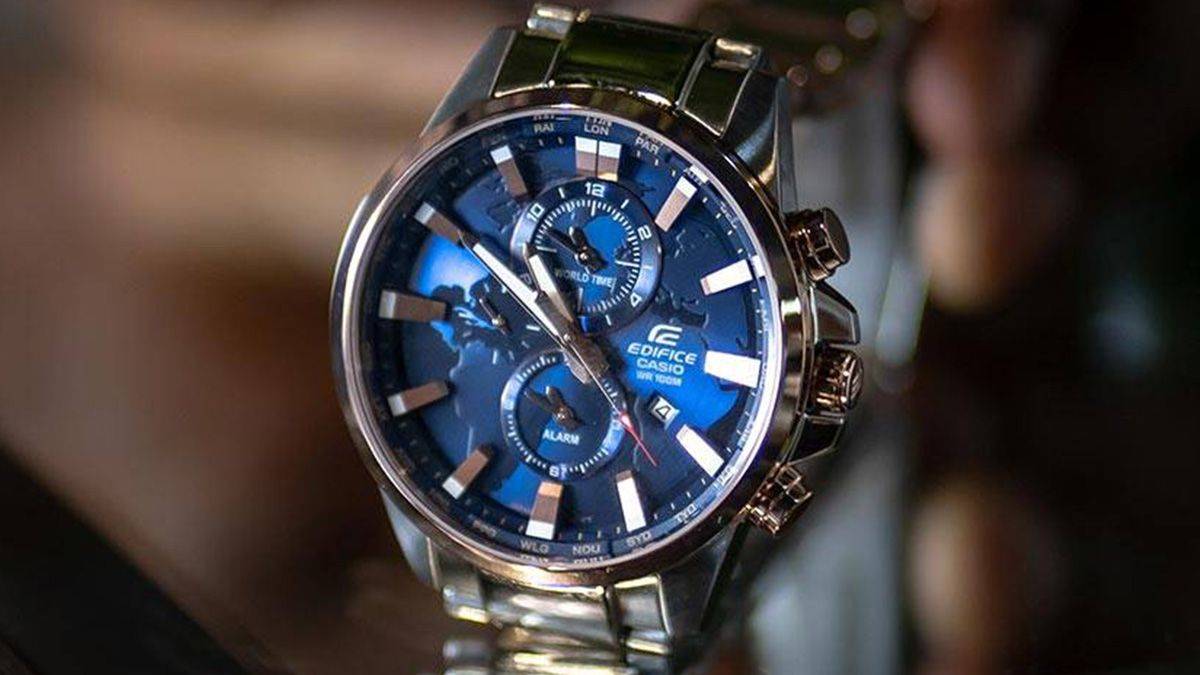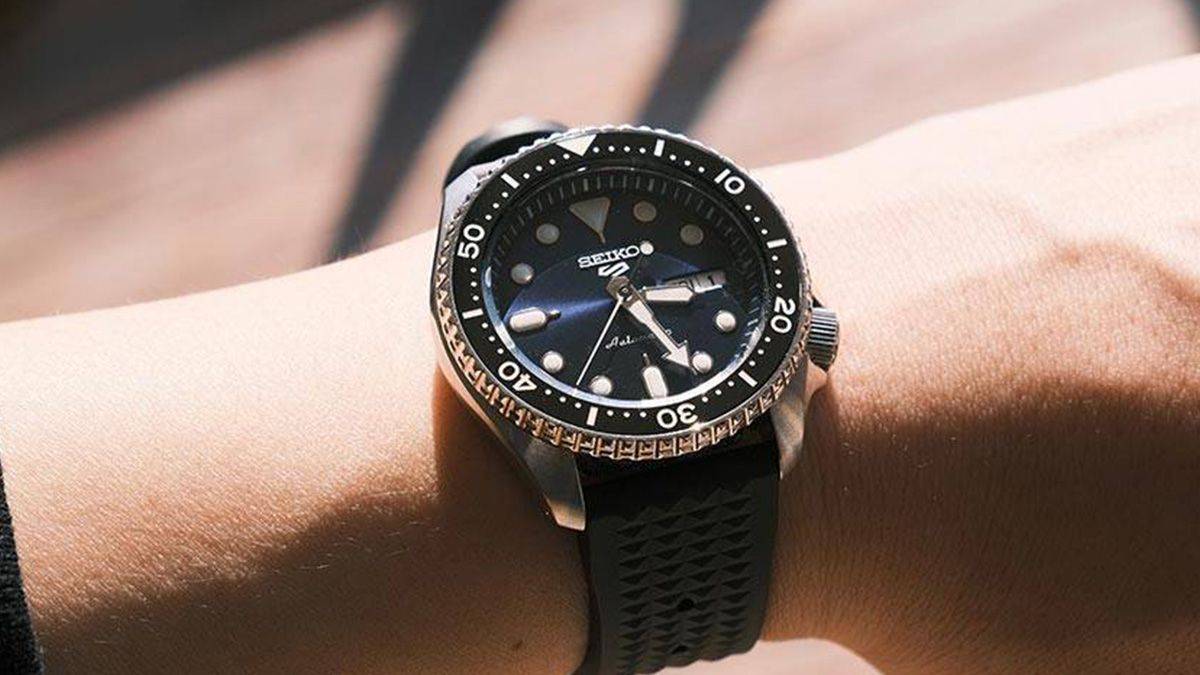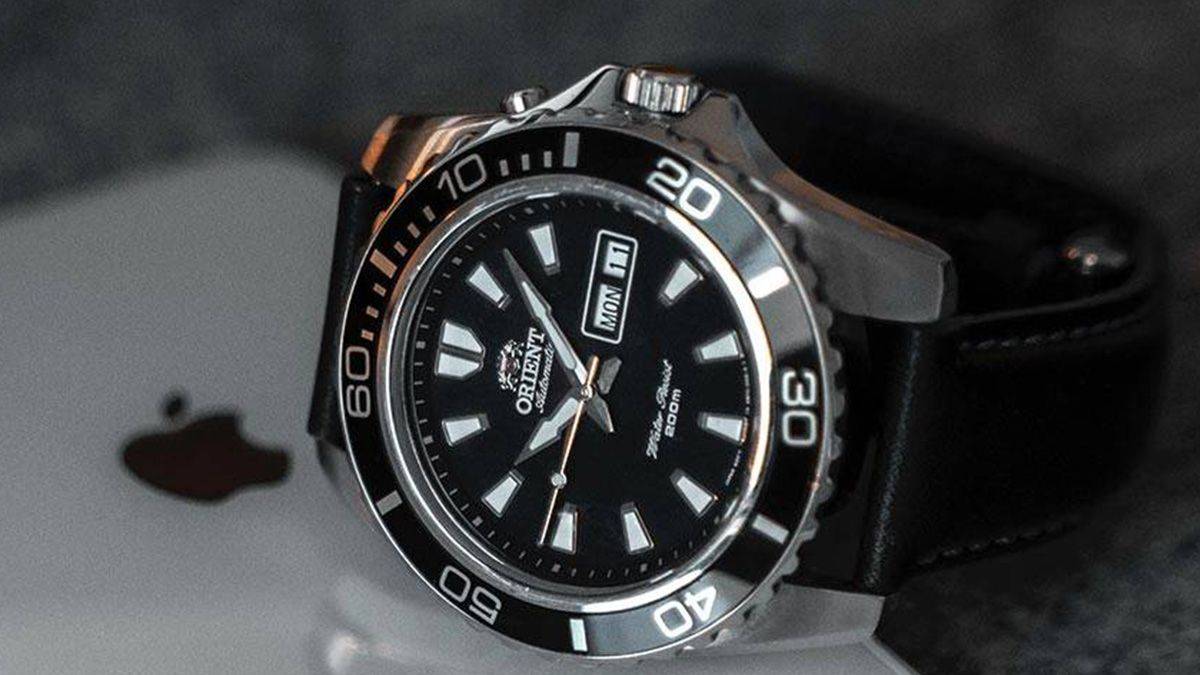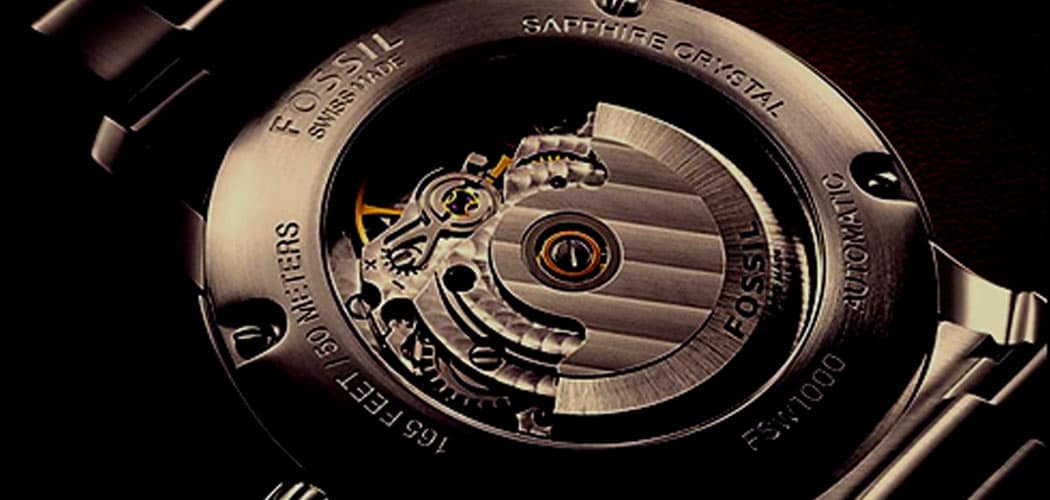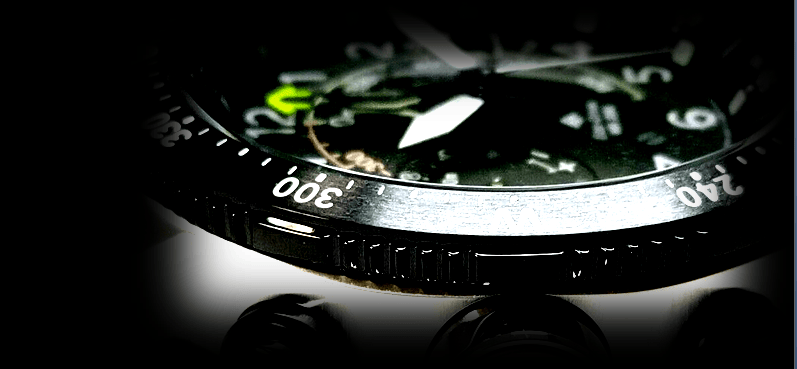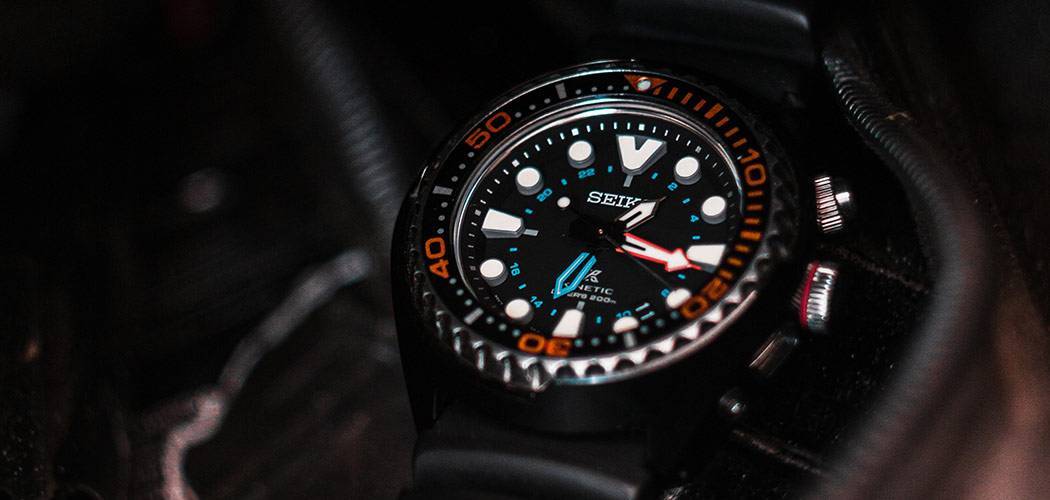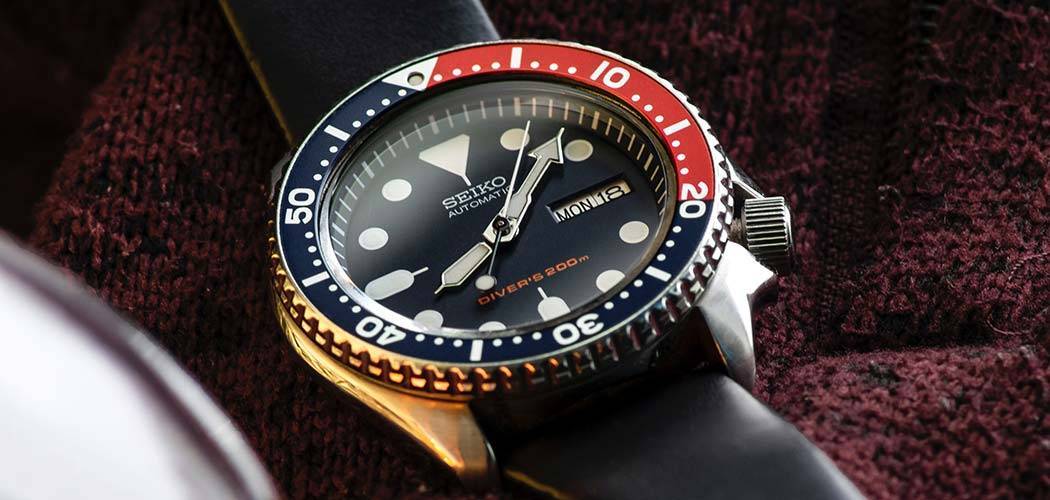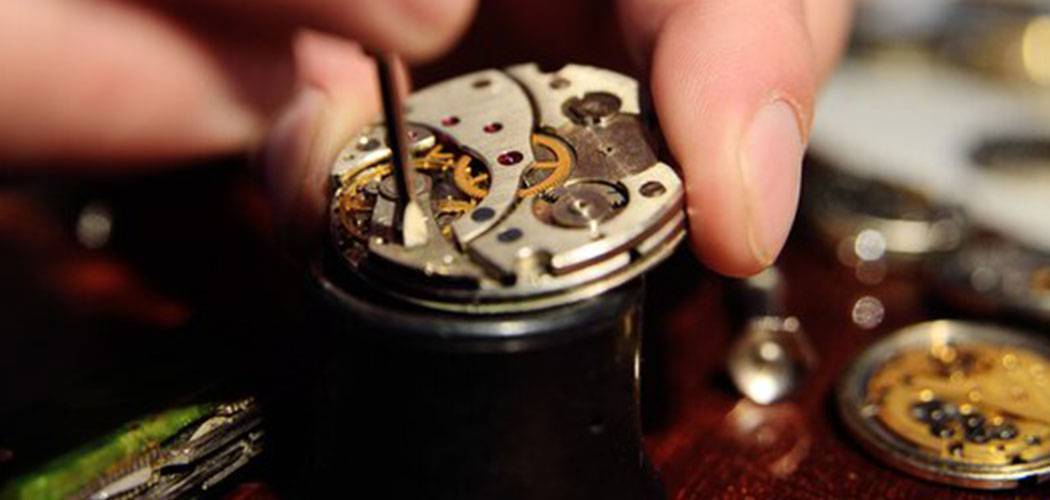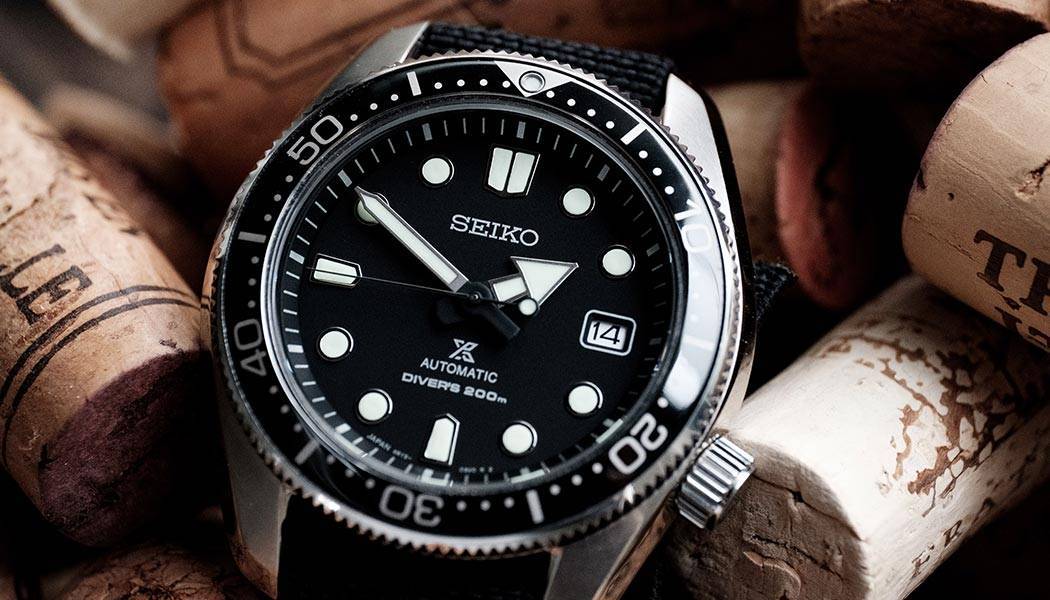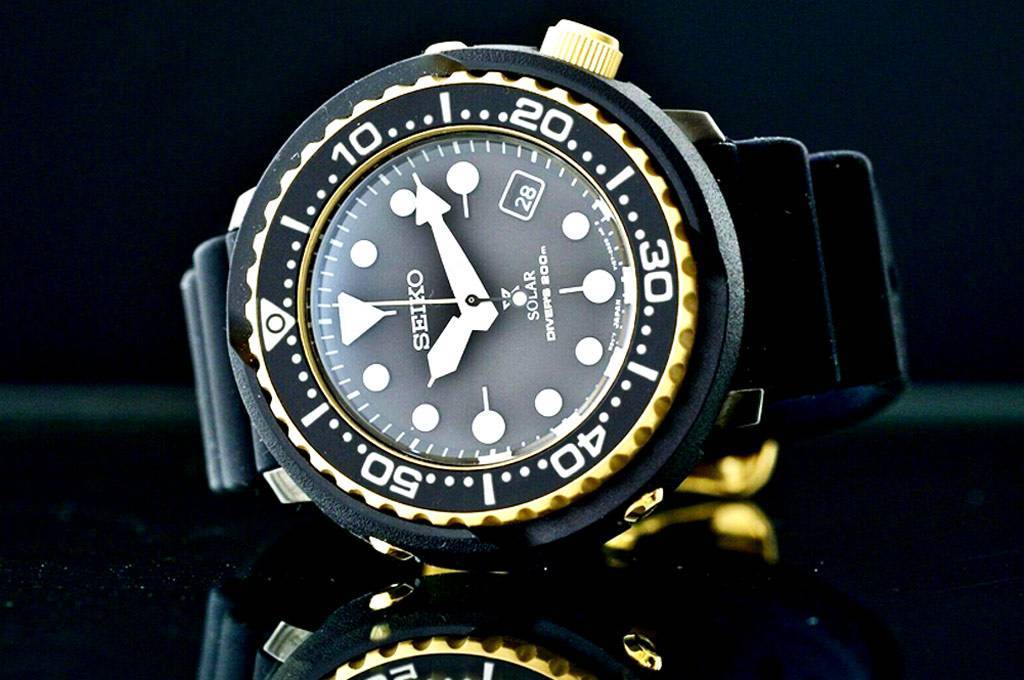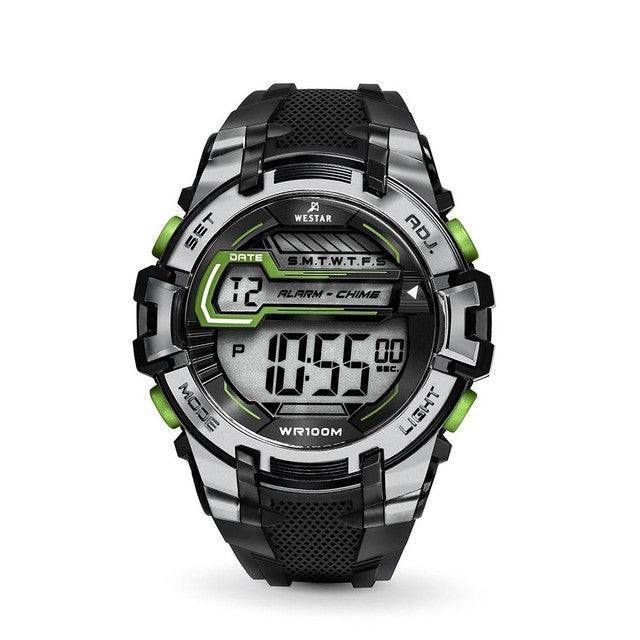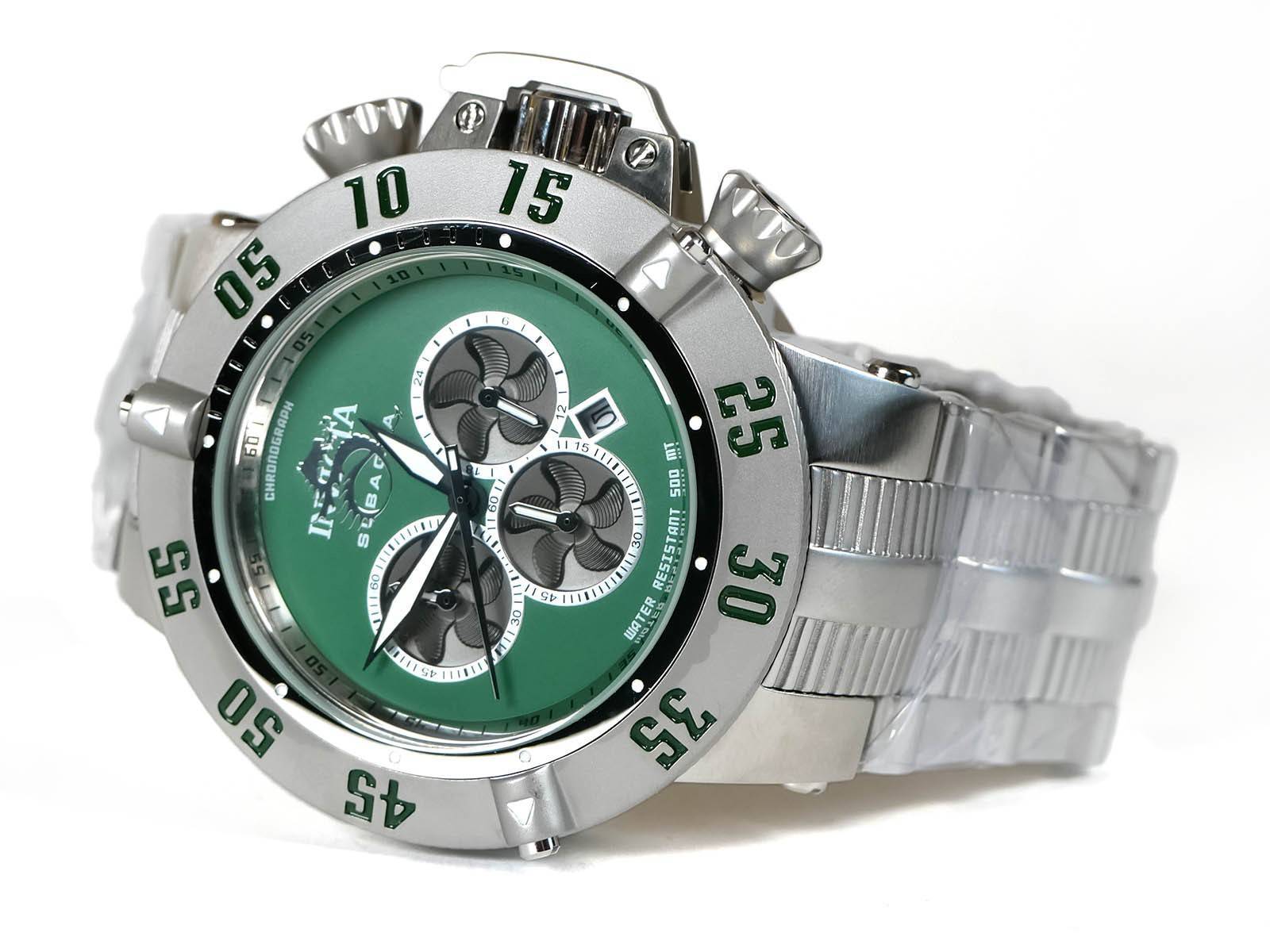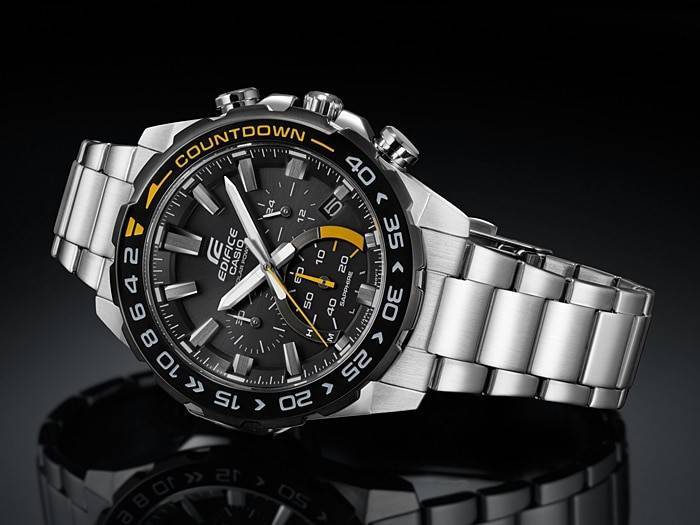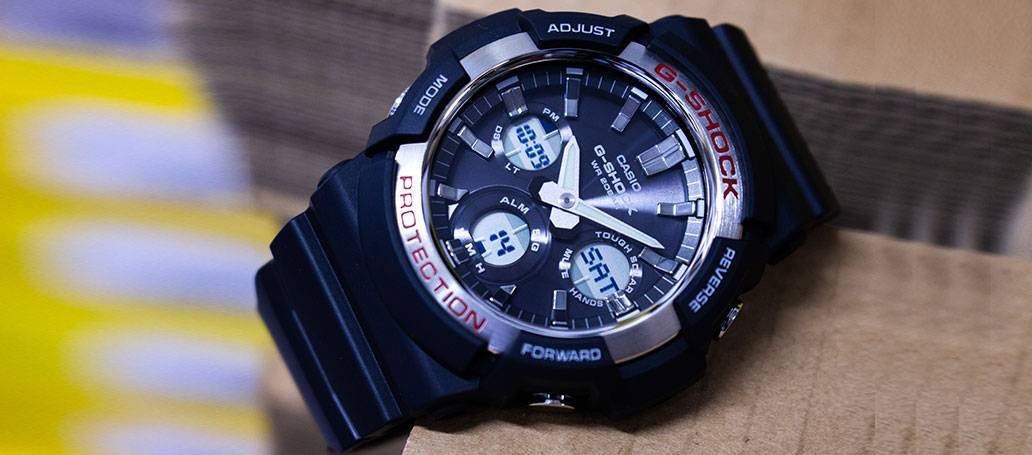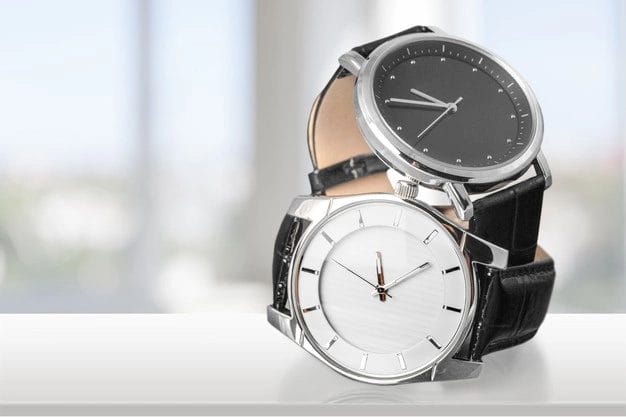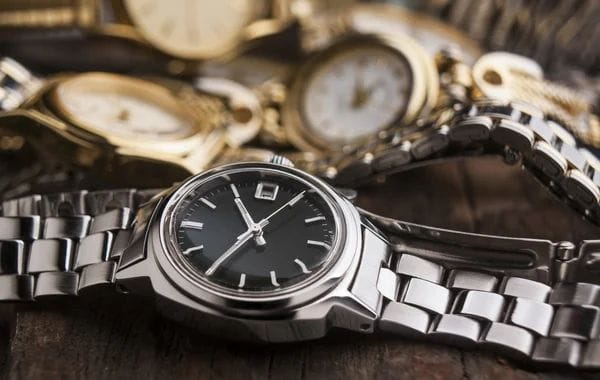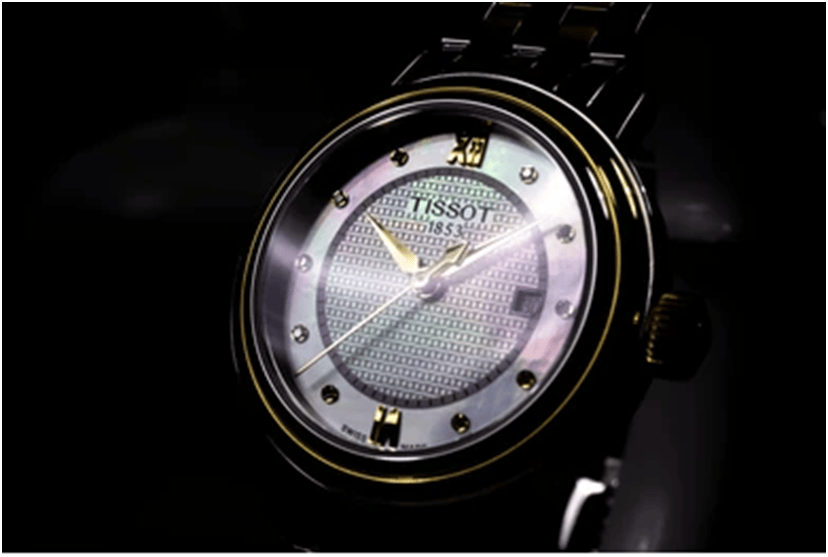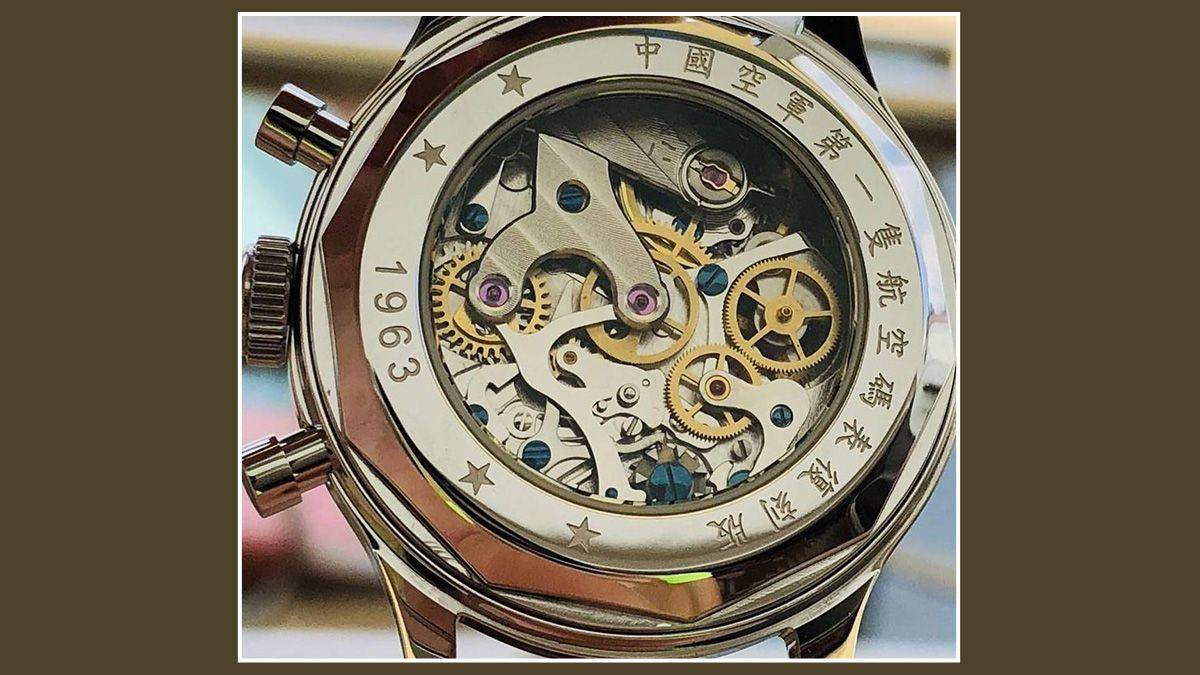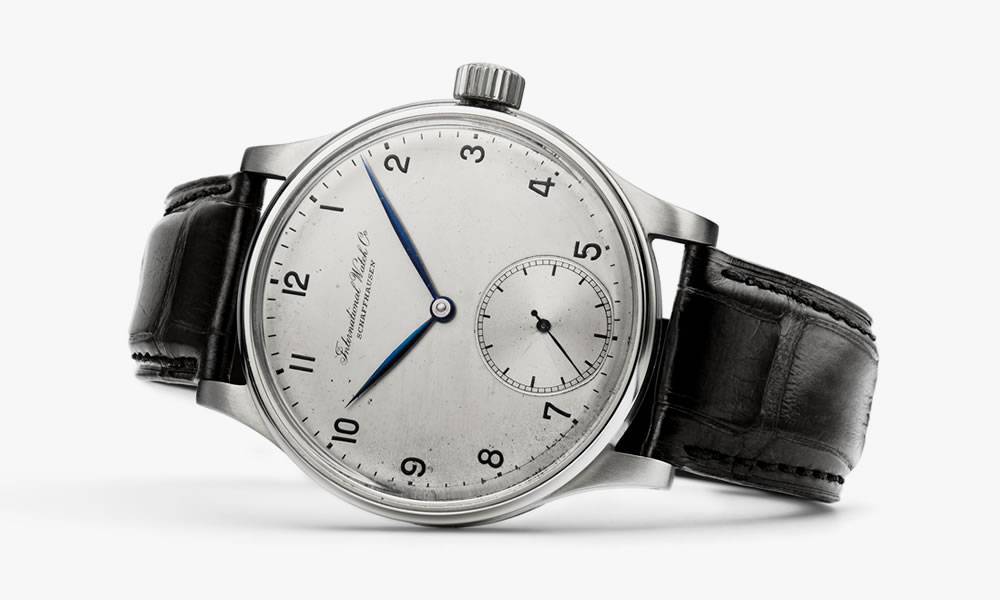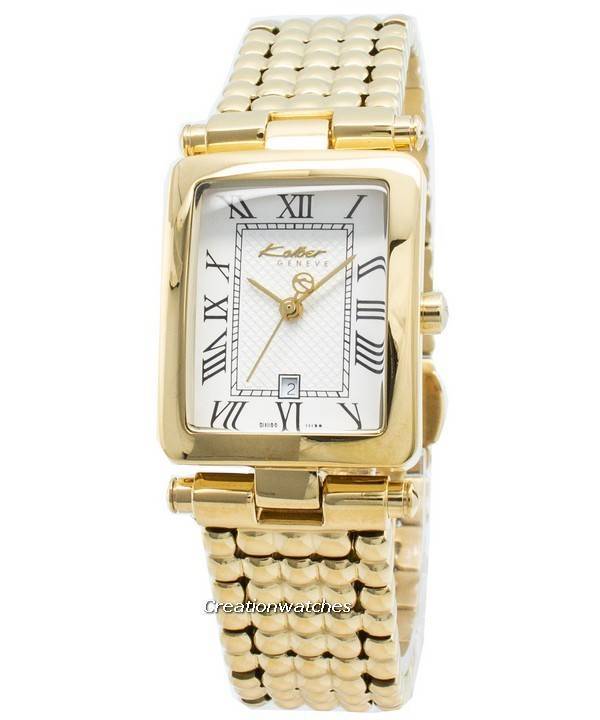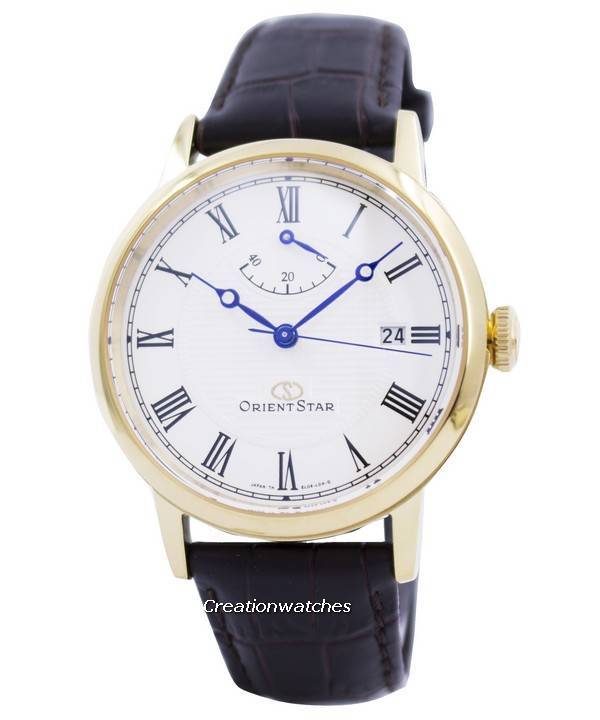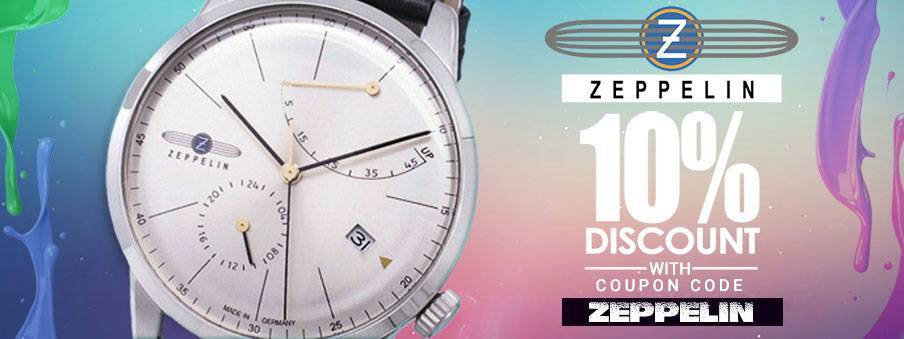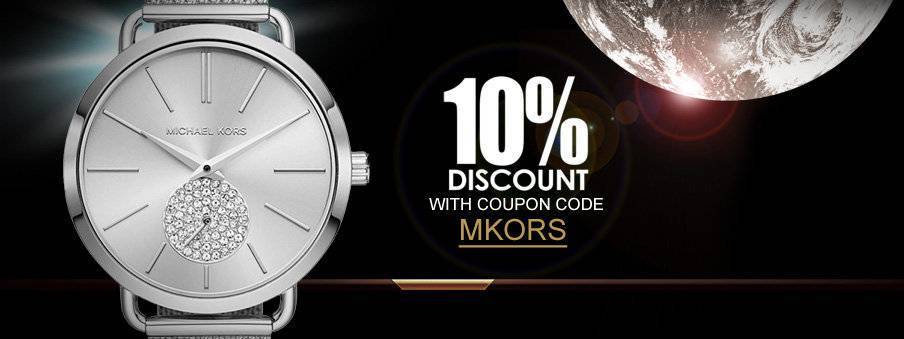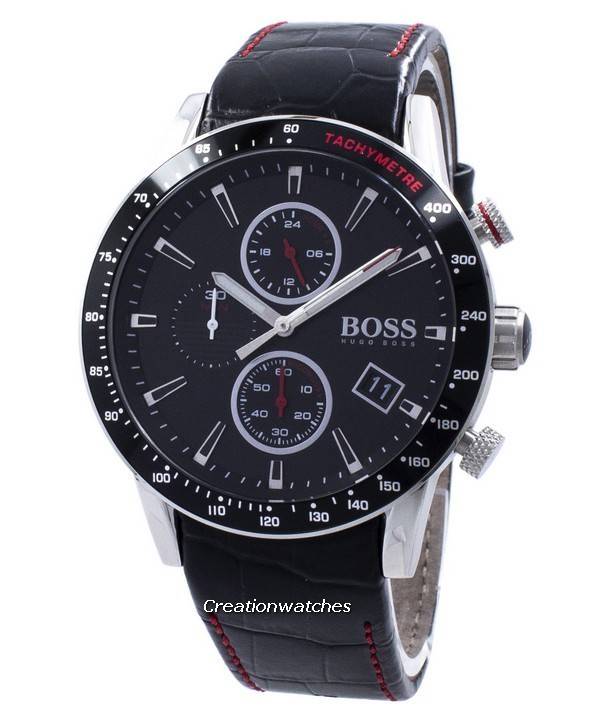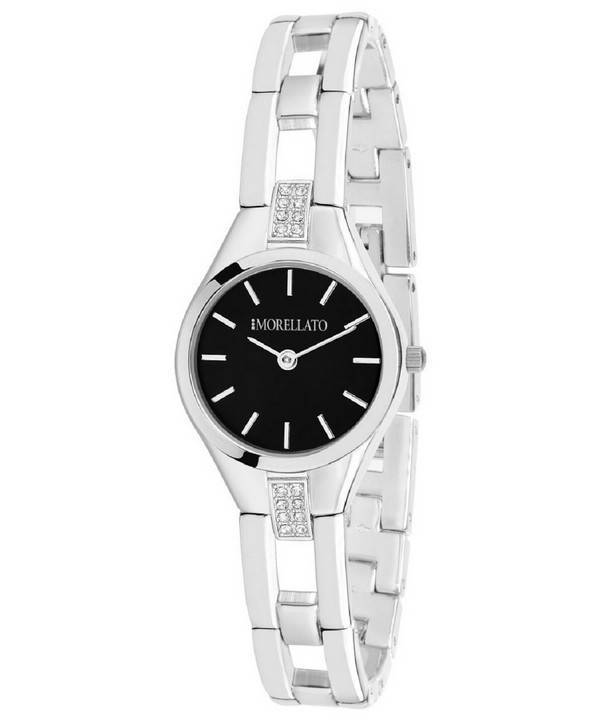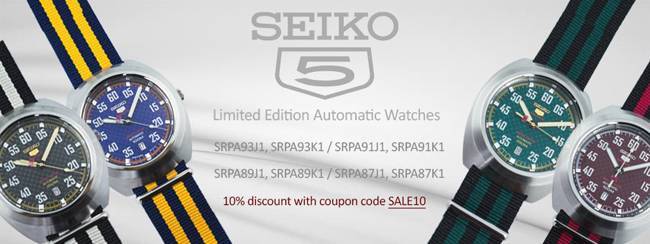
- March 21, 2022
- Watch Gonzo
- 0
Foreword:
Integrated chronograph movements are undoubtedly a complex and difficult affair to build. The whole process is expensive and time-consuming; therefore, someone shouldered the responsibility for building them in bulk, so that others can get them without wasting time, energy and effort. The concept of stock movements was born.
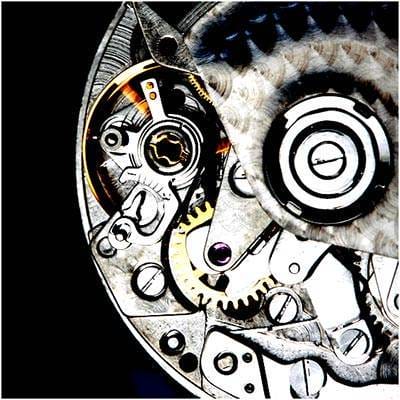 ETA is one of these stock movement suppliers; one of the most reliable movement sources for many prestigious watch brands all over the globe. Founded in 1896 as a brand, its roots trace back to 1793 with Fabriques d’Horlogerie de Fontainemelon, a partnership between Benguerel (David & Isaac) and Humbert-Droz (François Humbert-Droz and Julien) families.
ETA is one of these stock movement suppliers; one of the most reliable movement sources for many prestigious watch brands all over the globe. Founded in 1896 as a brand, its roots trace back to 1793 with Fabriques d’Horlogerie de Fontainemelon, a partnership between Benguerel (David & Isaac) and Humbert-Droz (François Humbert-Droz and Julien) families.
ETA was and currently is the largest manufacturer of Swiss movements. The Valjoux (Vallée de Joux or Joux Valley) movements are same as the ETA movements; Valjoux being a part of ETA. The Valjoux movements are ébauche (base) movements a step (or two) above; mostly used in higher range mechanical watches than those using the ETA movements.
Valjoux, however; was an independent movement manufacturer prior they merged with ETA. The cal 7750 was developed by Valjoux long before this merge-up. As Valjoux is now a part of ETA, what used to be the Valjoux 7750 is now the ETA 7750, with the same specs. Technically, only if it’s a 7750 assembled before this merge up is a true Valjoux 7750. Else, simply call it the ETA/Valjoux caliber 7750. That makes the cal 7753 only an ETA movement.
We will look at these two venerated movements by ETA/Valjoux – the cal. 7750 and cal. 7753 – the latter bring a modified version of the cal. 7750 and adorning from within as many watches as the 7750 has. We’ll see if the modification is significant or if it’s just another unreasonable gimmick or eyewash to hike the overall price of a watch.
TABLE OF CONTENTS
- Mechanical chronograph movement types: A basic overview
- Cam-Actuated vs. Column wheel
- A quick comparison
- A short overview
- Final points you should remember about cal. 7750
- Conclusion: Who won the combat?
- F.A.Q. – In case we missed out on something (or the other)
01. Mechanical chronograph movement types: A basic overview
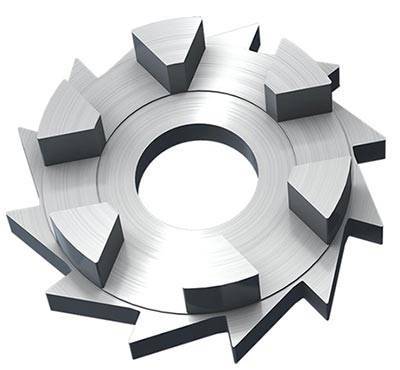 A column wheel complication (resembling a castle turret) advances one unit of increment when you press the chronograph pusher. This makes a mechanical finger fall between the teeth of the column wheel which activates the function. It requires far more precision in its design and build and the resulting action is a smooth and quick response that is visible from observation.
A column wheel complication (resembling a castle turret) advances one unit of increment when you press the chronograph pusher. This makes a mechanical finger fall between the teeth of the column wheel which activates the function. It requires far more precision in its design and build and the resulting action is a smooth and quick response that is visible from observation.
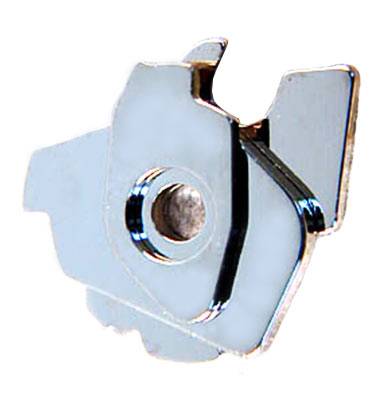 Column Wheel chronograph movements, despite being more expensive to build, are more desirable to watch collectors. They are not as common but the level of quality and attention to detail their manufacturers need to put up make them highly sought-after.
Column Wheel chronograph movements, despite being more expensive to build, are more desirable to watch collectors. They are not as common but the level of quality and attention to detail their manufacturers need to put up make them highly sought-after.
Furthermore, often accompanied by the vertical clutch system, which translates to a smoother start (no jerk) when the chronograph starts. It lifts the gearing up and out before the column wheel can turn.
A Coulisse Lever movement, on the other hand, is easier to manufacture and is very robust in its build. Besides, its chief advantage is it doesn’t need the finicky tolerances to be maintained as a column wheel movement demands.
The coulisse under discussion is a heart-shaped cam (a rotating disk shaped to convert circular motion into linear motion), which moves with the push of the chronograph button. It travels back and forth to start/stop/reset the chronograph.
So far, so good; but the problem is, coulisse lever movement’s action is firmer. You’ll require more effort to engage the chronograph, which makes the tactile feedback not quite as pleasurable as the column wheel. Still, the vast majority of mechanical chronographs today use the coulisse lever movement, which is the cal.7750.
02. Cam-Actuated vs. Column wheel
The debate between the strengths and weaknesses of column-wheel chronographs as opposed to cam-actuated systems seems to be a never-ending one. Reason behind are performances of both are nearly identical, some will still prefer a column-wheel chronograph movement over the cam-actuated system.
The sudden jerk of the seconds-hand in a cam-actuated system – which admirers of column-wheel abhor – is because the gears merely move into their place as the chronograph is initiated. A column wheel chronograph tends to run smoother since it doesn’t have to shift gears to get the chronograph running. It also makes the pushers in the cam-actuated system harder to press, which is not in the case of column-wheel movements.
03. A quick comparison
| Calibre | Product Line | Winding | Diameter (mm) | Height (mm) | Jewels | Frequency | Running time (hours) | |
| VPH | Hz | |||||||
| 7750 | Mecaline Chronographs – Valjoux | automatic | 30 | 7.9 | 25 | 28800 | 4 | 48 |
| 7753 | Mecaline Chronographs – Valjoux | automatic | 30 | 7.9 | 27 | 28800 | 4 | 48 |
04. A short overview
- ETA 7750: The cal. 7750 is around since 1973-’74; it comes under ETA’s Mecaline series and it was partially designed on a computer – a first for the watch industry worldwide. The relatively inexpensive and quite reliable ETA 7750 has inspired many a heated debates. It is strange that it is equally revered and sneered at but none could deny its impact on the watch industry. It differed from the rest of the chronograph movements of its time in its mechanism; in the sense, instead of the delightful column wheel configuration to start, stop and reset the chronograph function, the ETA/Valjoux 7750 used a three-plane cam system and the coulisse-lever escapement. The 7750 is an integrated movement designed from ground up to include the complications. This makes the pushers line-up with the crown, which is very much unlike a modular movement. The classical Y-shaped Bridge that would typically cover the heart-shaped pinion cams leaves enough room for a single bridge that holds both the barrel and the pinions, thus hiding most of the movement. The movement was developed by Edmond Capt in 1970, as a fully integrated self-winding mechanism with quick-set day/date based on the Valjoux 7733, a derivative of the Venus 188, a cam-switching chronograph movement design introduced in 1948. The construction involves a main plate (middle), a calendar plate (bottom) and a chronograph plate (top) whereas to drive the stopwatch mechanism, the levers push the cam back and forth. This arrangement made the ETA/Valjoux 7750 easier to be mass-produced
The 7750 is an integrated movement designed from ground up to include the complications. This makes the pushers line-up with the crown, which is very much unlike a modular movement. The classical Y-shaped Bridge that would typically cover the heart-shaped pinion cams leaves enough room for a single bridge that holds both the barrel and the pinions, thus hiding most of the movement.
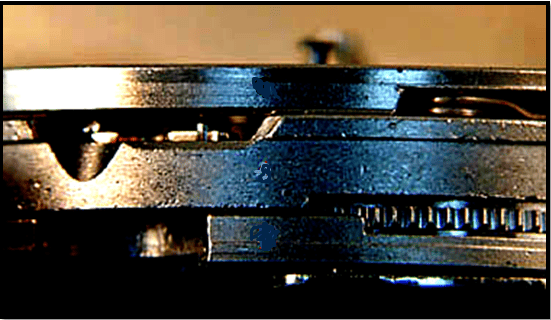
The movement was developed by Edmond Capt in 1970, as a fully integrated self-winding mechanism with quick-set day/date based on the Valjoux 7733, a derivative of the Venus 188, a cam-switching chronograph movement design introduced in 1948.
The construction involves a main plate (middle), a calendar plate (bottom) and a chronograph plate (top) whereas to drive the stopwatch mechanism, the levers push the cam back and forth. This arrangement made the ETA/Valjoux 7750 easier to be mass-produced.
The stiff pusher action apart, you will also notice a wobbly winding rotor which annoys some and is considered an endearing trait by others. The 7750 is not a very refined movement but its apparent crudeness imparts it the robustness it’s known for.
The cal.7750 is available in three executions or grades; the key components differing between the three are the pallet stones, the balance wheel & hairspring and the regulator mechanism. The three variants are the Elaborate, Top and Chronometer. In terms of accuracy, the three grades perform as follows:
- Elaborate: ±5 seconds to +15 seconds per day (three positions).
- Top: ±4 seconds to ±15 seconds per day (five positions).
- Chronometer: −4 seconds to +6 seconds per day; ±5 seconds max daily variation.
The Valjoux 7750 was soon retired after its release but only to return during the 1980s. From this point, the cal. 7750 has dominated the industry and remains popular even today. The easiest way to detect a Cal. 7750 is a small seconds at 9:00, chronograph hours at 12:00 and regular seconds at 6:00. In case you want to probe in, you’ll find a smaller balance wheel and a small rotor hub; with a slotted screw and five visible bearings.
- ETA 7753:This modified version of the cal. 7750 differs from its predecessor primarily by the arrangement/layout for its sub-dials. The 7753 has the sub-dials in the 3/6/9 positions as opposed to 6/9/12 as in the 7750 and the date aperture at the 4 o’clock position instead of the usual 3 o’clock. .
 This is due to a lack of transfer gearing in the 7753, which is responsible for moving the hands of the sub-dials. It also reduces the distance between the dial and the date wheel, thus stopping the date wheel from appearing sunken.
This is due to a lack of transfer gearing in the 7753, which is responsible for moving the hands of the sub-dials. It also reduces the distance between the dial and the date wheel, thus stopping the date wheel from appearing sunken.
The 7753 features a pusher at 10’o clock. This pusher is usually flush with the watch case and its function is quick-setting the date. It is an advantage compared to the ETA 7750. Otherwise, the 7753 shares the same strengths and weaknesses as the 7750, but it is bit more robust, the lack of the transfer gearing being the reason.
From the operational angle, the crown and the push-pieces in cal. 7753 leave nothing more to be desired as much as its accuracy of an Average deviation of +4.3 / -1.3 seconds per day. Besides, this one is a decorated movement.
05.Final points you should remember about cal. 7750
- Jewel count: Modern calibre 7750 houses 25 jewels instead of 17 in its first rendition. The first versions had 17 jewels while its other versions come with 25 jewels.
 Plastic parts/components: Both the calibres 7750 and 7753 will sometimes contain plastic parts; for example, the reset/stop lever on the central chronograph wheel. It was not until ChronoSwissstarted using metal stop/reset levers that ETA started using them as well; however, ETA strongly suggests that plastic components to be spared while cleaning with commercial cleaners, alcohol and the likes.
Plastic parts/components: Both the calibres 7750 and 7753 will sometimes contain plastic parts; for example, the reset/stop lever on the central chronograph wheel. It was not until ChronoSwissstarted using metal stop/reset levers that ETA started using them as well; however, ETA strongly suggests that plastic components to be spared while cleaning with commercial cleaners, alcohol and the likes.
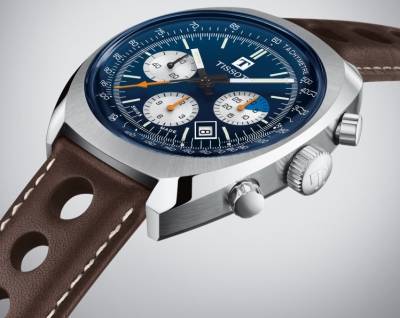 Day/Date: Not every watch with a cal. 7750 will show the date and/or the day; especially, when a cleaner look is preferred.Cal.7750 Clones: Ever since the patent protection expired on cal 7750, other movement manufacturers started to make their own versions of it. Some of these notable cloned are the Sellita SW500and the Shanghai 3LZF2.
Day/Date: Not every watch with a cal. 7750 will show the date and/or the day; especially, when a cleaner look is preferred.Cal.7750 Clones: Ever since the patent protection expired on cal 7750, other movement manufacturers started to make their own versions of it. Some of these notable cloned are the Sellita SW500and the Shanghai 3LZF2.
- Date setting:Date must not be set between 9 am and 3 pm.
- Chronograph resetting: Stop the chrono before resetting it. Else, it might damage the movement entirely.
06. Conclusion: Who won the combat?
 The Valjoux/ETA cal. 7750 undoubtedly brought in the groundbreaking precision and related improvements and helped in the revival of the mechanical watch industry which almost went comatose. 4 decades (and a bit more) have passed since then; this sturdy, dependable movement still exhibits a bright future. It ticked all the right boxes when it was introduced. Also there were later versions with enhanced cosmetics; which, begs the question: Why do we want to change a movement – even aesthetically – that was originally intended to be a low-cost solution to a costly problem? The pedigree it was bestowed upon through decorative finishing made the Valjoux 7750 go into a vast majority of mechanical chronographs, produced both in Switzerland and outside Switzerland. Mechanical chronograph watches were suddenly everywhere at a modest cost. Without the 7750, mechanical chronographs would only adorn the wrists of the rich. The cal 7753, on the other hand, can be very well regarded as the new version of 7750 and has earned its name as a very good timekeeper. It lacks some of the traditional attributes of a fine movement (just like the 7750), but that makes zero difference in time keeping. There
The Valjoux/ETA cal. 7750 undoubtedly brought in the groundbreaking precision and related improvements and helped in the revival of the mechanical watch industry which almost went comatose. 4 decades (and a bit more) have passed since then; this sturdy, dependable movement still exhibits a bright future. It ticked all the right boxes when it was introduced. Also there were later versions with enhanced cosmetics; which, begs the question: Why do we want to change a movement – even aesthetically – that was originally intended to be a low-cost solution to a costly problem? The pedigree it was bestowed upon through decorative finishing made the Valjoux 7750 go into a vast majority of mechanical chronographs, produced both in Switzerland and outside Switzerland. Mechanical chronograph watches were suddenly everywhere at a modest cost. Without the 7750, mechanical chronographs would only adorn the wrists of the rich. The cal 7753, on the other hand, can be very well regarded as the new version of 7750 and has earned its name as a very good timekeeper. It lacks some of the traditional attributes of a fine movement (just like the 7750), but that makes zero difference in time keeping. There
So, there’s really no easy answer to that question; as a base movement, nothing quite beats the 7750 while the 7753 is for the lot who prefers a more balanced, tricompax layout for their choice of chronograph.
F.A.Q. – In case we missed out on something (or the other)”
A. For a smoother and effortless start and stop of the chronograph. The vertical clutch systemstays responsible. It accompanies the column wheel. The smoother start it offers is by lifting the gearing up and out. The column wheel, at the same time, turns swiftly, starting or stopping the seconds-hand.
A. It starts/stops/resetsthe chronograph; rotates by increments upon activation (by the pushers; which drives levers into and out of the spaces between the teeth of the column wheel.
A. It’s an upright, notched, rotating wheel. In a chronograph movement, it acts as a sliding link operating the levers that start/stop/reset a chronograph.
A. Louis Moinet, in 1816. He called it the Compteur de Tierces, which translates to counter of thirdsand measured 1/60th of a second.
A. Both belong to the group of most revered and favoured chronograph movements in the world. Some even claim it is the best in its category. Used by many famous brands today, including Hamilton, IWC, and Tissot.


 This is due to a lack of transfer gearing in the 7753, which is responsible for moving the hands of the sub-dials. It also reduces the distance between the dial and the date wheel, thus stopping the date wheel from appearing sunken.
This is due to a lack of transfer gearing in the 7753, which is responsible for moving the hands of the sub-dials. It also reduces the distance between the dial and the date wheel, thus stopping the date wheel from appearing sunken.


















